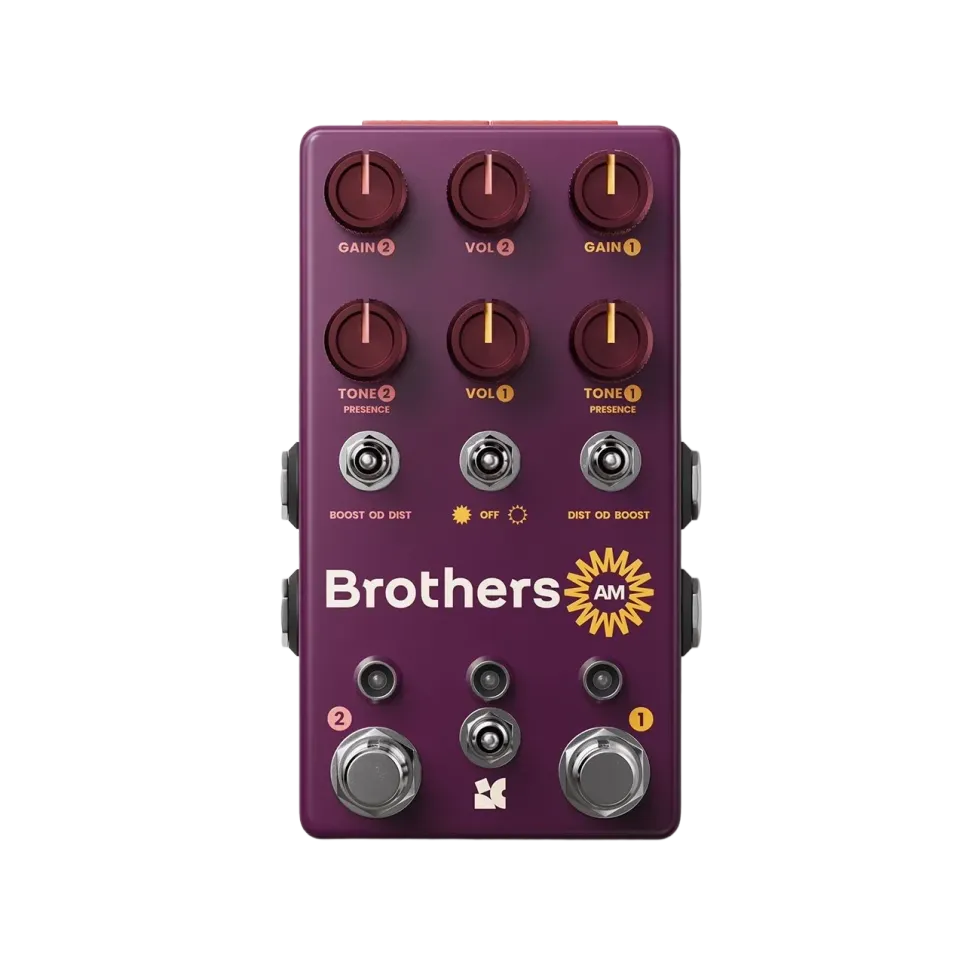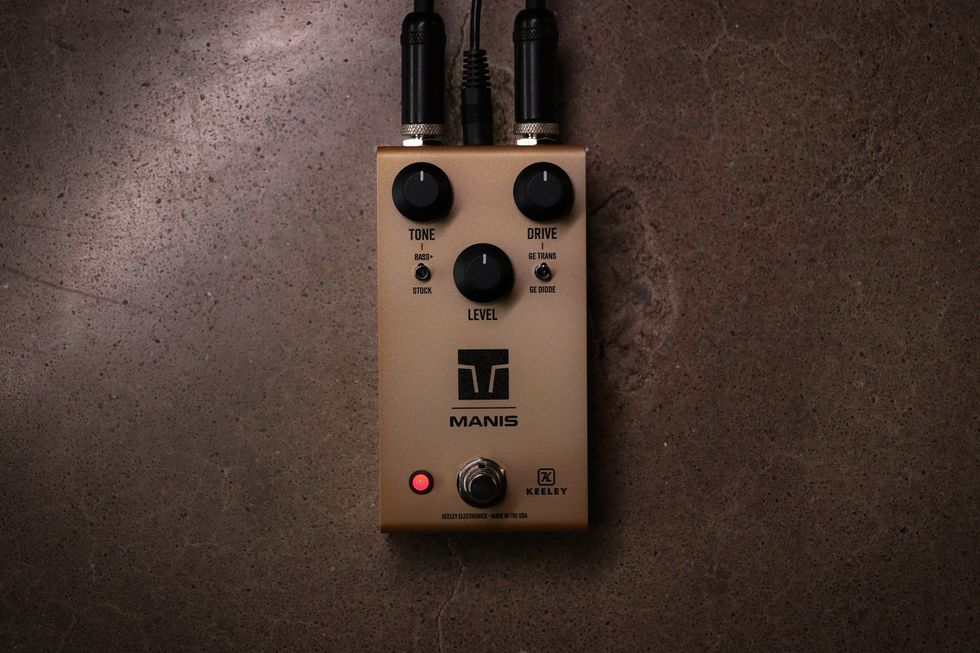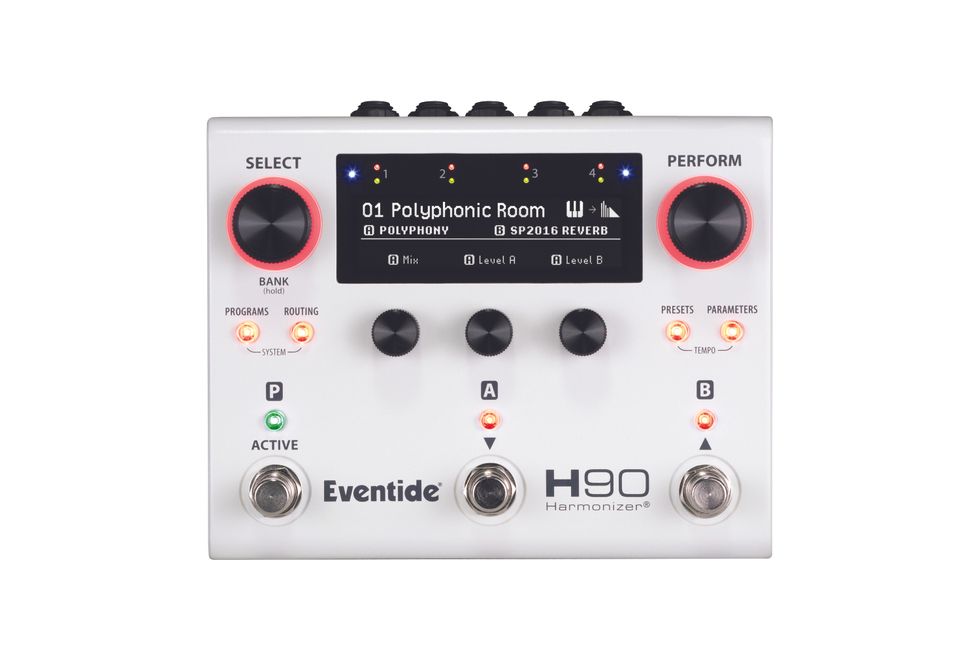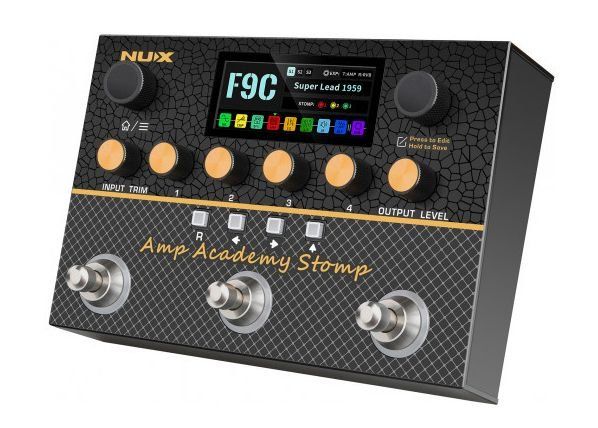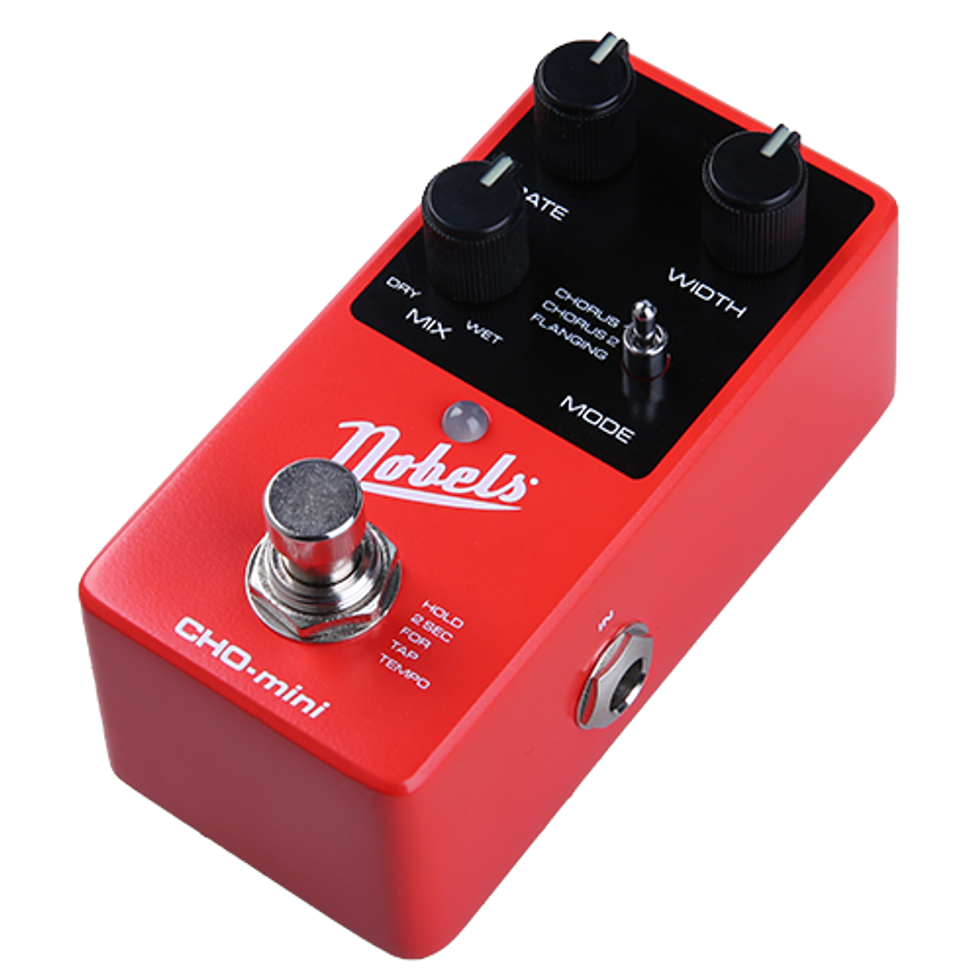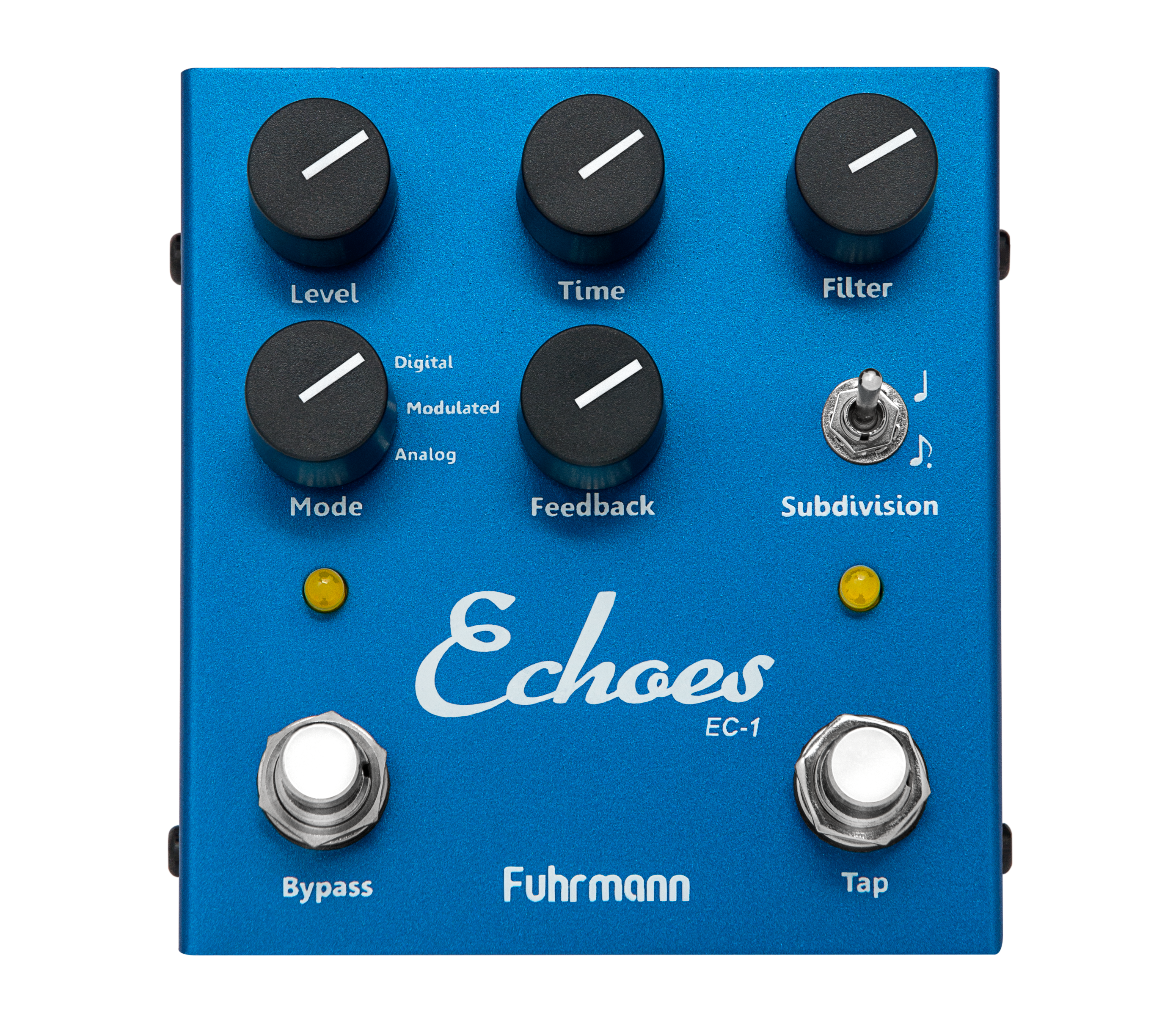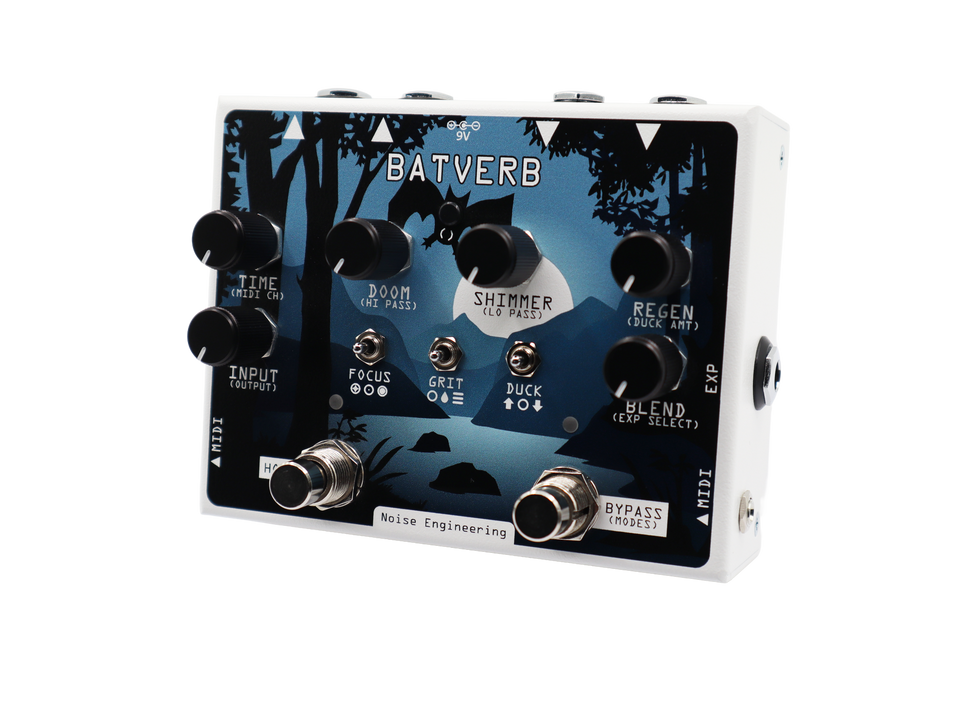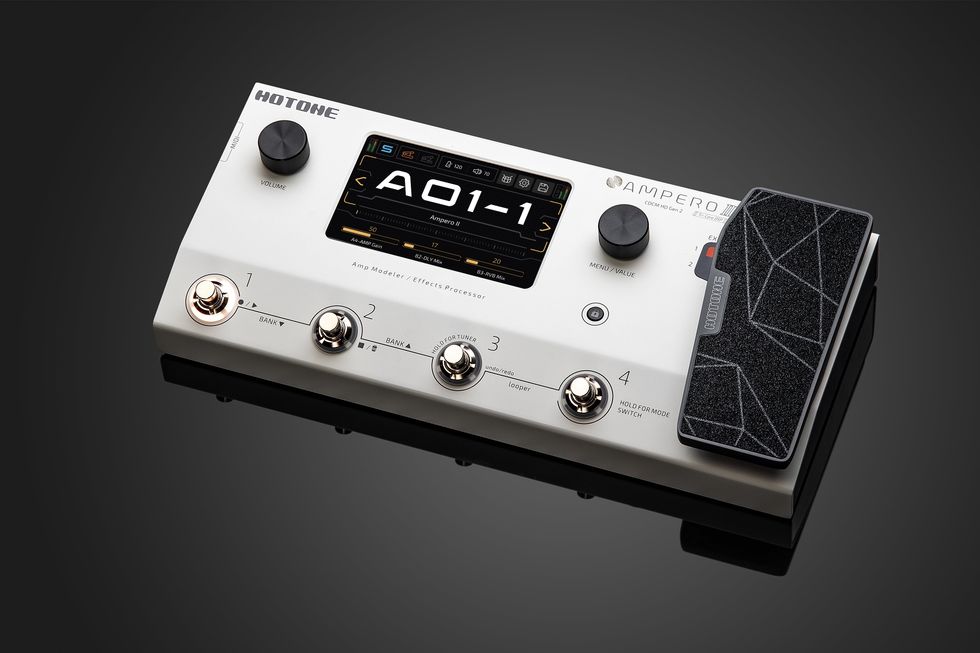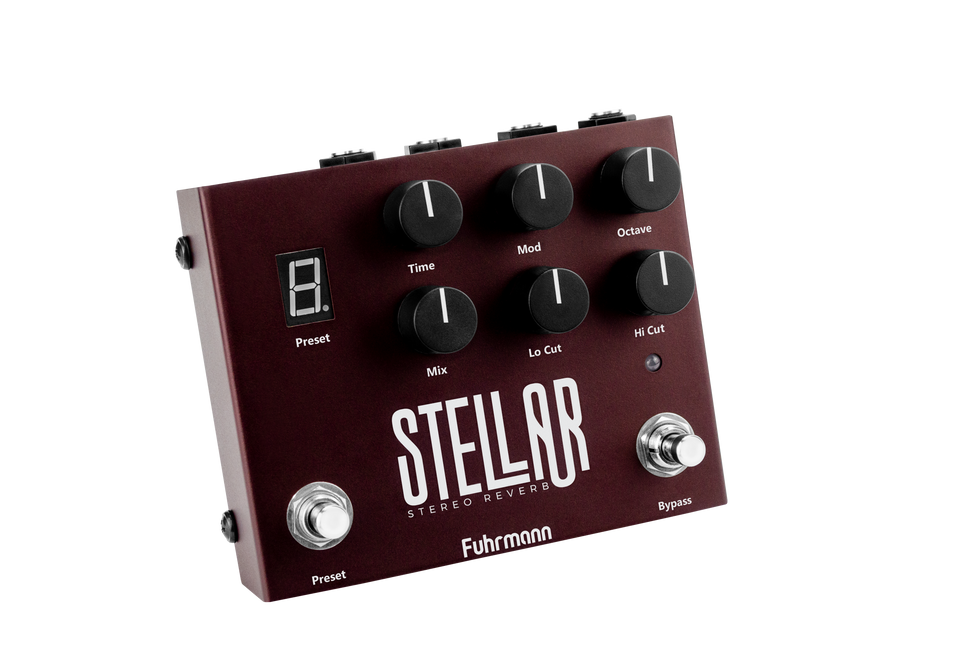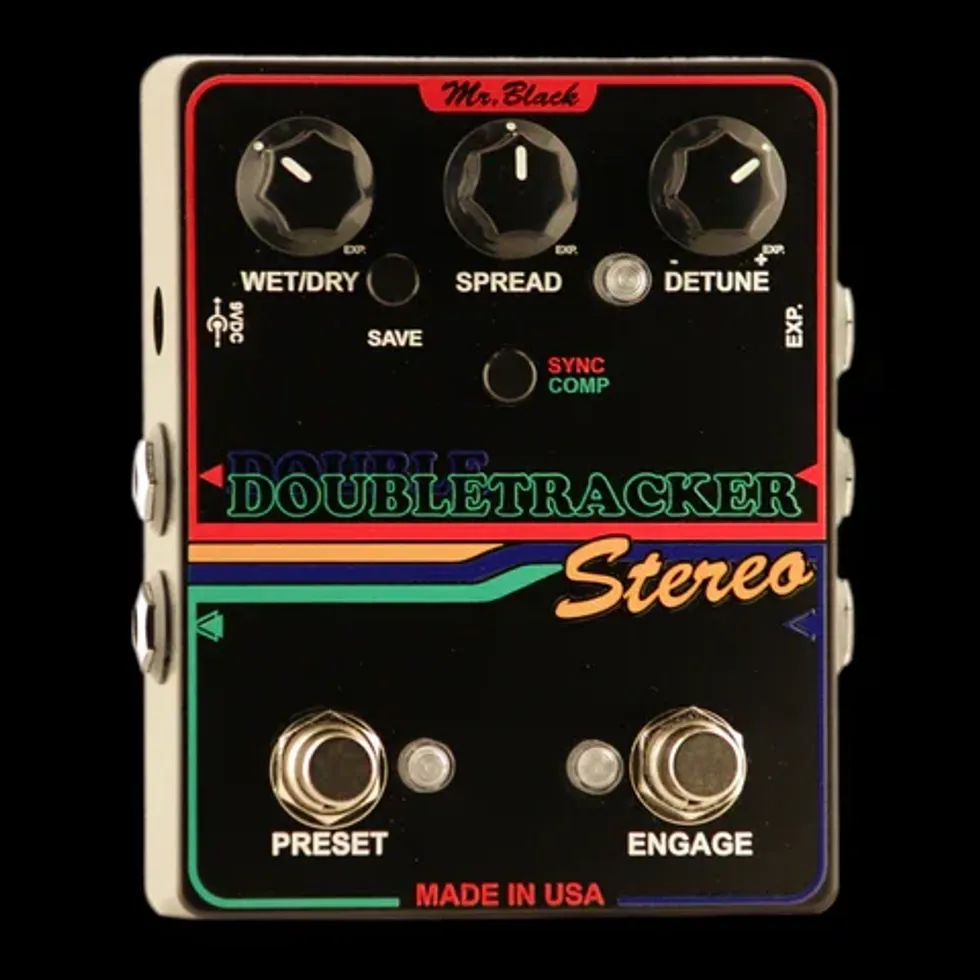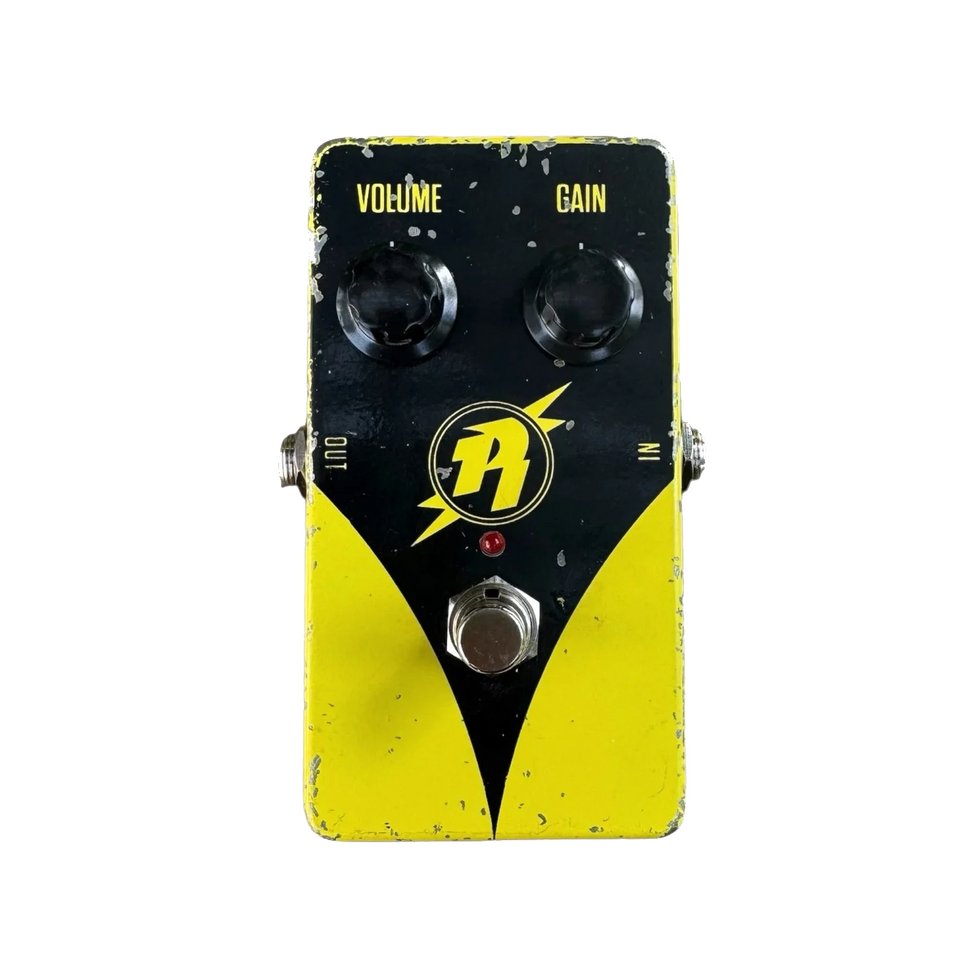It's hard to believe the Tube Screamer has been around in one form or another for more than three decades. In that time its knack for driving an amp to spaces from mellow drive to growling low-gain distortion has won legions of fans—and stirred up a few critics too, who usually go on at length, uninvited, about midrange humps and other easily avoidable or barely noticeable phenomena. But I digress.
Even a dedicated Tube Screamer fan can be forgiven for losing track of the many varied models that have carried the TS designation. But the new TS808DX Pro is bound to stand out in the TS family picture—not just for its size, but for an added boost circuit that makes it one of the most adaptable TS pedals ever.
Tanks Come in Green
Though more than a simple three-knob overdrive, the TS808DX is a return to the Tube Screamer's roots in many respects. The unit is built in Japan, and when you crack open the back, there a busy but ordered assemblage of printed circuit board and breadboard circuit that looks like it could have been extracted from a 30-year-old pedal. Even the enclosure has a “they don't make 'em like this anymore" heft. The pedal feels like something that's passed through the hands of experienced builders rather than a sprawling assembly line.
Even with the added boost circuit, the layout is simple. There's the standard TS volume/ tone/overdrive trio, plus a boost level knob. Two footswitches activate OD and boost. Beneath the boost level control is a small toggle to switch the effect order—a function that significantly expands the pedal's palette. There's also a 9-volt/18-volt toggle, providing a choice between standard operation and a higher-voltage setting with greater headroom.
Green Pedal, Blooming Tones
I've played original TS808s, owned a few clones, and have used a very early TS9 off and on for years. But while I've got a pretty good idea about what a good Tube Screamer should do, individual specimens can be very different shades of green.
Through the blackface Fender Tremolux used for this review, the overdrive voice of the TS808DX is recognizably in the 808 camp. It's a little less bright and quick to distort than a TS9. It's also a little more controlled, compressed, and boxy-sounding than other 808s I've tried. This isn't necessarily a disadvantage—the relatively compact sound is great for fattening up chords from single coil-pickups without generating a lot of unwanted overtones. It's also agreeable with humbuckers, adding focus and extra heat to the high-mid register that woofy humbuckers can obscure.
Humbuckers are a good match for single-note lead tones, at least if you look to a TS for snappy, hot blues-rock sounds. Bridge humbuckers take on sharp-edged but civilized menace when you run the level control high and set the tone and overdrive controls to excite the upper mids. Single-coil bridge tones (I tried an E Series Stratocaster, a Jaguar, and a Stratocaster fitted with Fender Custom Shop 1969 pickups) are less satisfying. They tend to sound a little dry, though switching the power pedal to 18-volt operation definitely makes the tone feel less boxy. It's worth leaving the voltage toggle in this position if you favor thinner-sounding single-coils.
Boxy is not what you hear from neck-position single-coils, however. Much of the TS808's initial fame came via Stevie Ray Vaughan acolytes, and with a neck-position single-coil and a Fender amp, the TS808DX provides a perfect setting for sultry double stop-based blues ballads and slow-burning soul leads. It's here that the TS808DX can go from good to extraordinary with single-coils.
Ratings
Pros:
Well-voiced overdrive/boost combination does thrilling things to your amp. Sturdy construction.
Cons:
Overdrive circuit can sound thin with bridge single-coils.
Tones:
Ease of Use:
Build/Design:
Value:
Street:
$249
Ibanez TS808DX
ibanez.com
A Kick In The Pants
There's nothing revolutionary about pairing a boost and an OD, though the TS808DX provides an especially complementary tandem. If you like your overdrive tones burly and a bit rowdy, the combination of these two effects can be addictive.
The footswitch layout makes it easy to kick on the two effects simultaneously. The considerable power of the two effects together lends a plexi-like, slap-in-the-face presence, growl, and attitude to single-coils and 6V6- and 6L6-powered amps. Here too, bridge humbuckers sound especially exciting. But both single-coils and humbuckers can have the bristling edge of Jimmy Page's early lead tones when both effects are on.
The post/pre switch adds additional tone-shaping flexibility. Placing the boost before the TS circuit adds focus and a touch of compression. To my ears, this works best at reeling in the overtones of 1st-position chords and big-voiced humbuckers.
My favorite settings, however, place the boost after the OD. If you're a slashing power chord player who relies on suspensions and sustained chords (aspiring Townshends take note), you get more ringing, colorful harmonics and greater sustain. And if you just set all the OD controls to noon and work the boost between 3 o'clock and maximum, the TS808DX lends a hot, nasty Marshall-like edge for slashing, punky chords and leads.
The Verdict
While the TS808DX's overdrive probably won't convert TS skeptics, it's an excellent effect that humbucker fans in particular should investigate. But the powerful combination of boost and overdrive should intrigue any player who likes organic-sounding distortion. The two circuits together can generate spine-tingling tones—the stuff that can make a guitar you've fallen out of love with sound alive again. Provided you don't need high gain or over-the-top fuzz tones, you could make this the only dirt pedal in your line and still have a huge range of distortion tones to work with.
Watch the Review Demo:


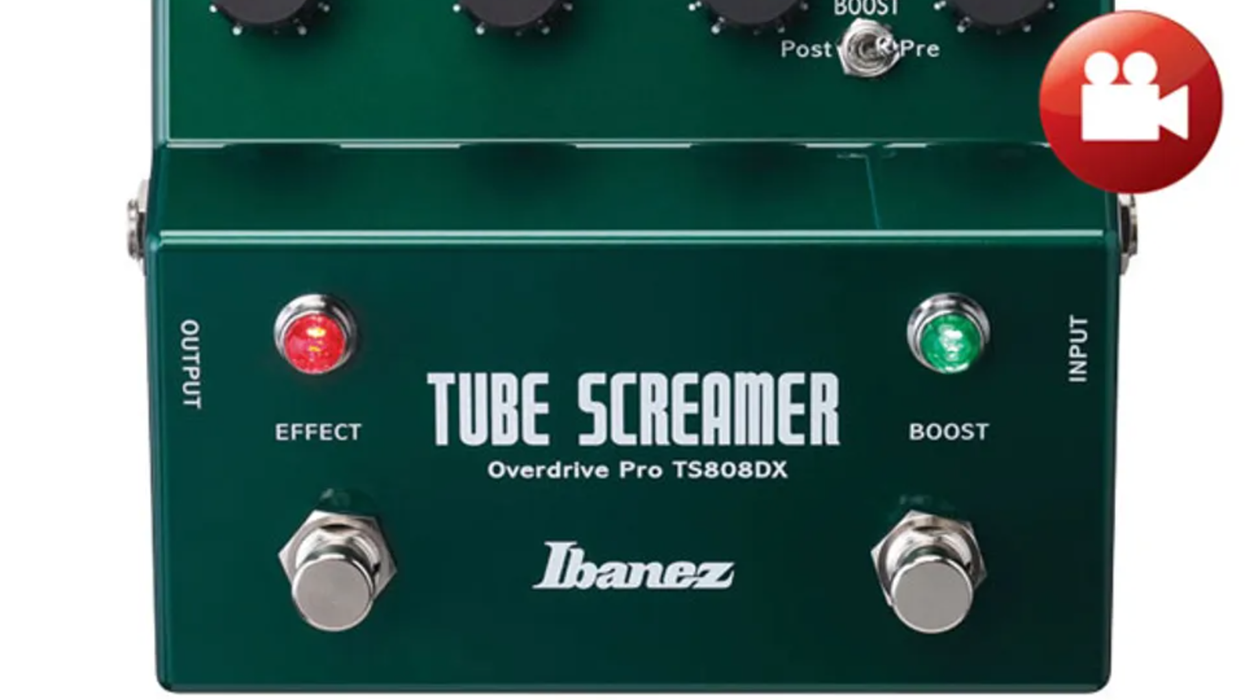

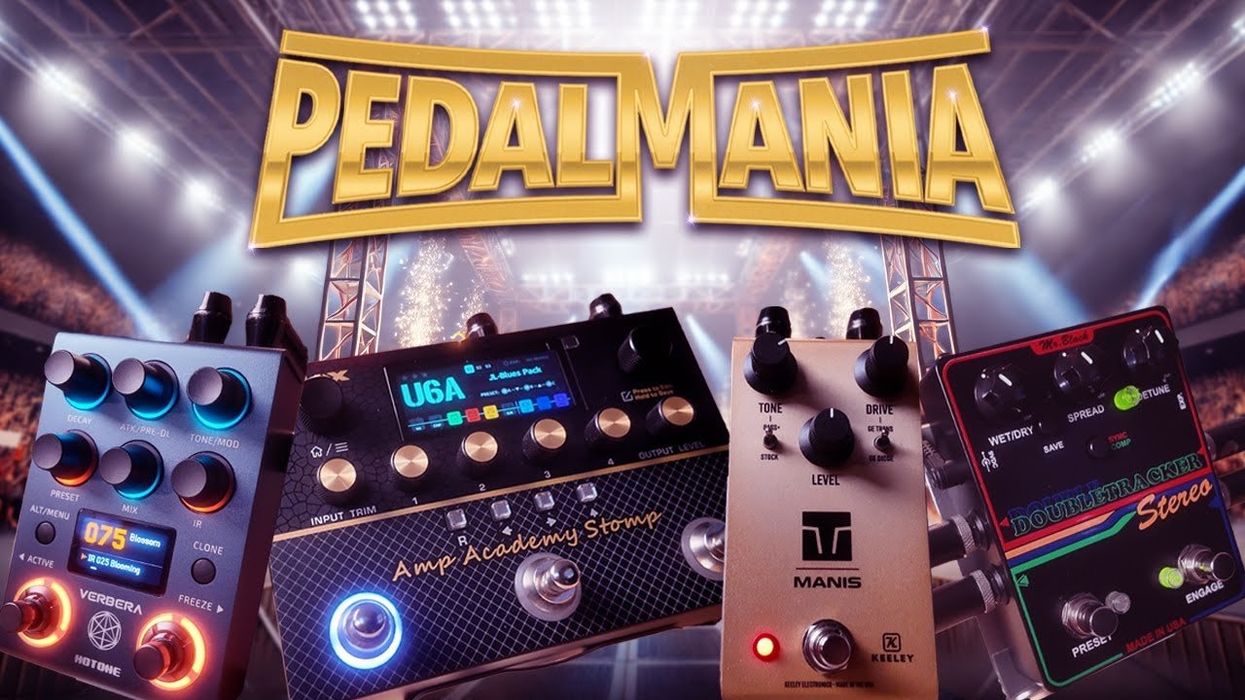
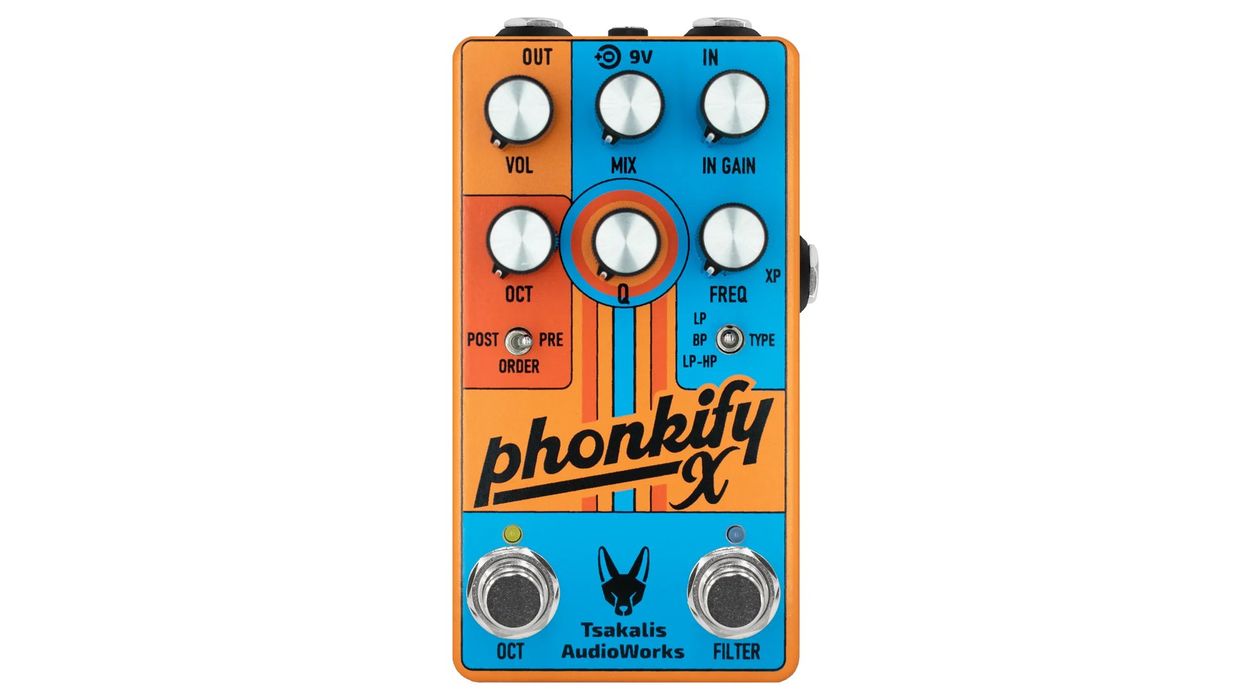
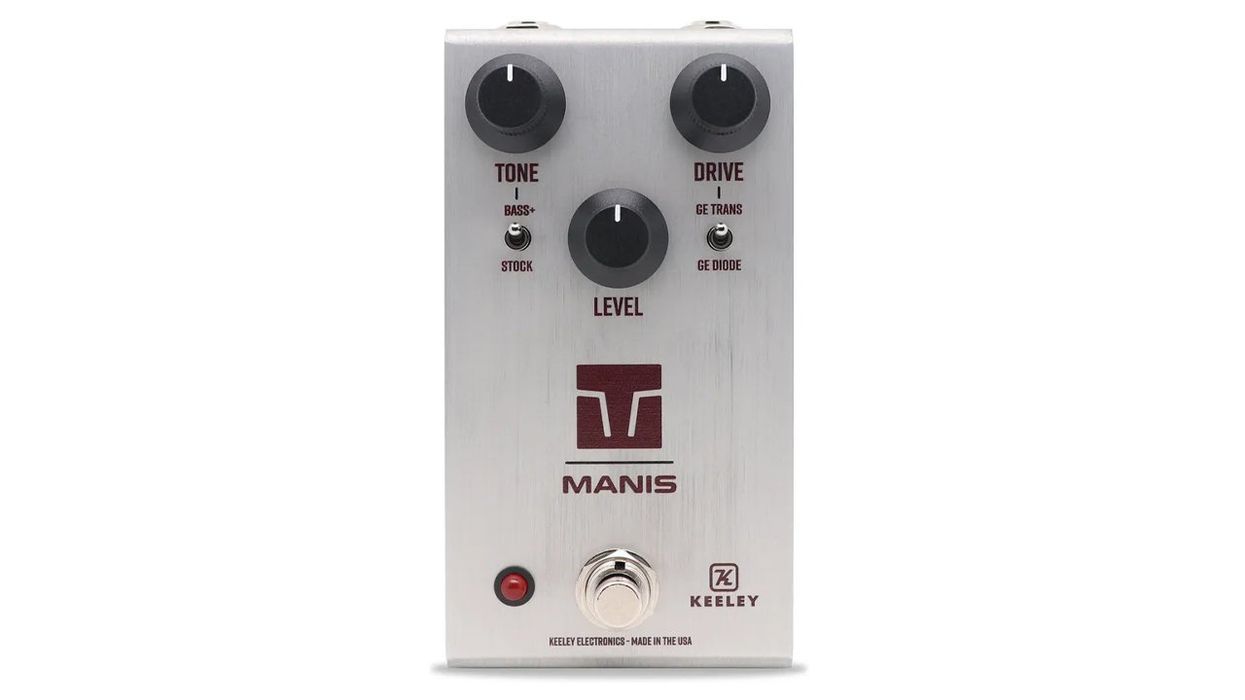
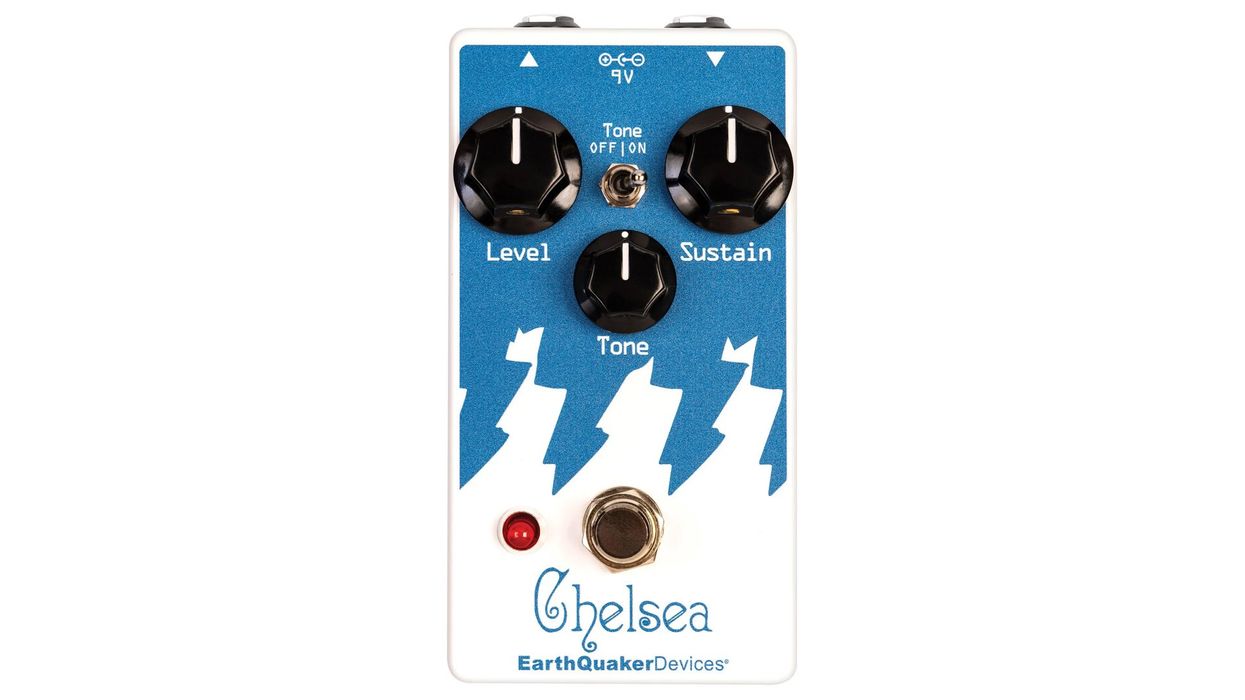


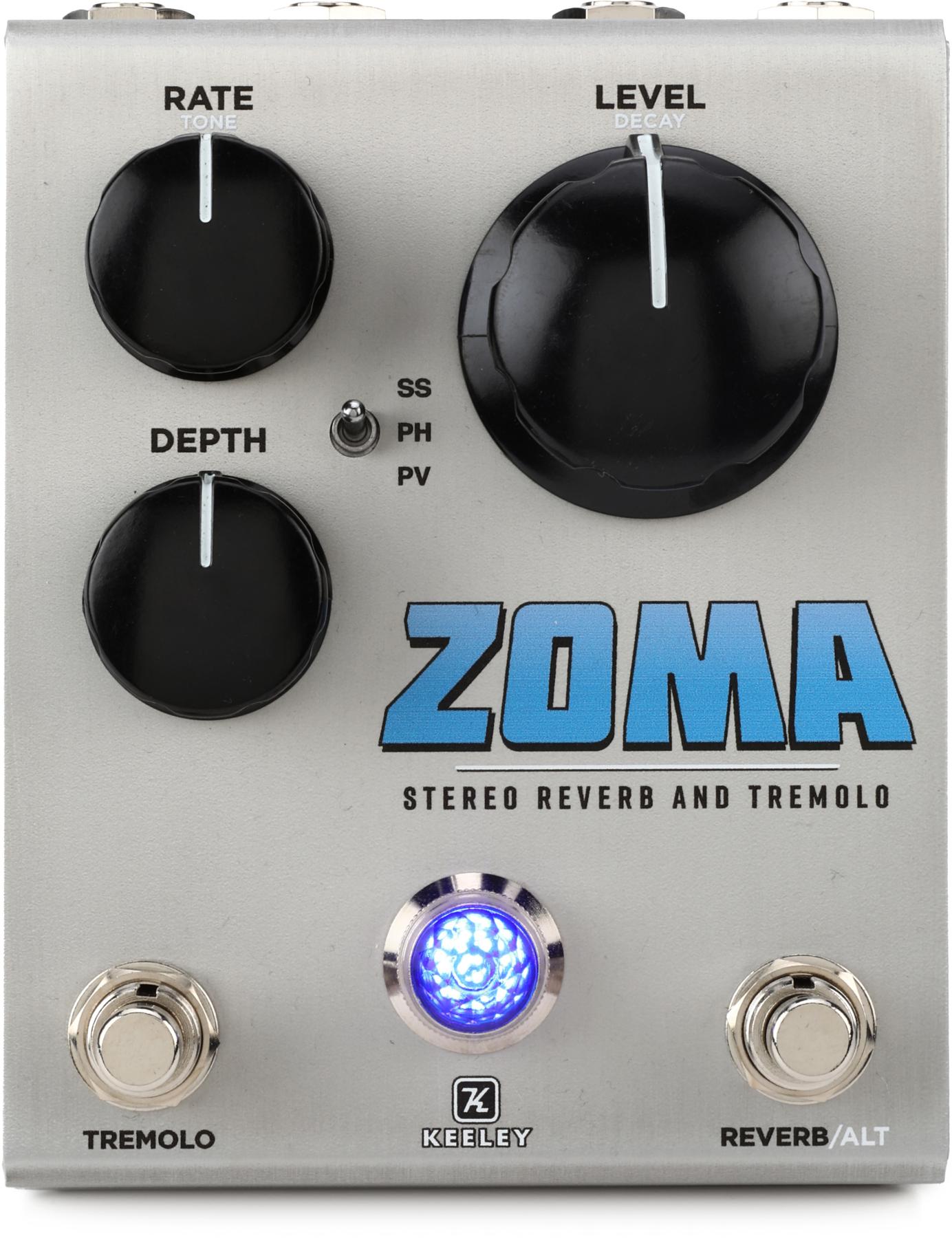

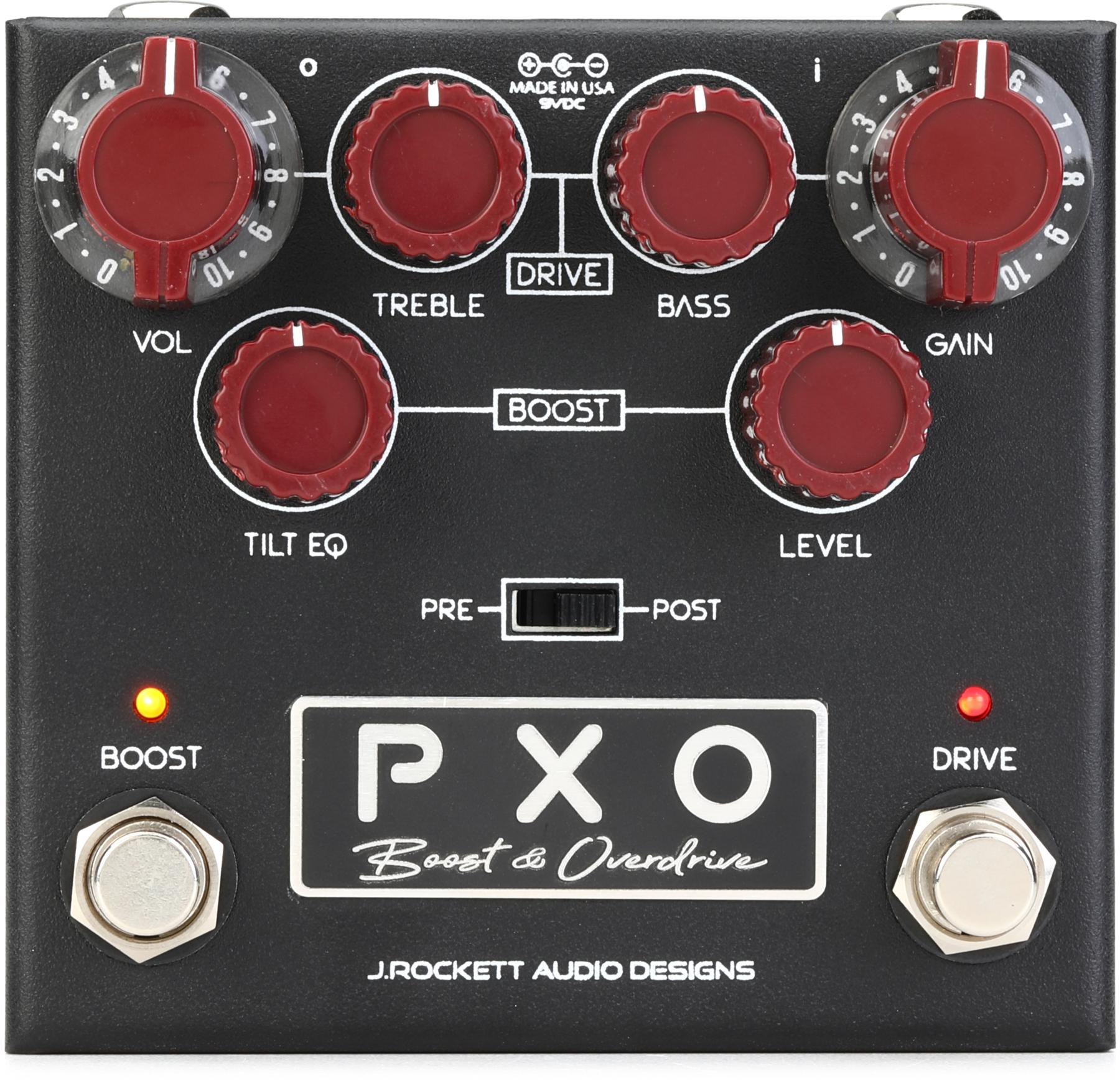

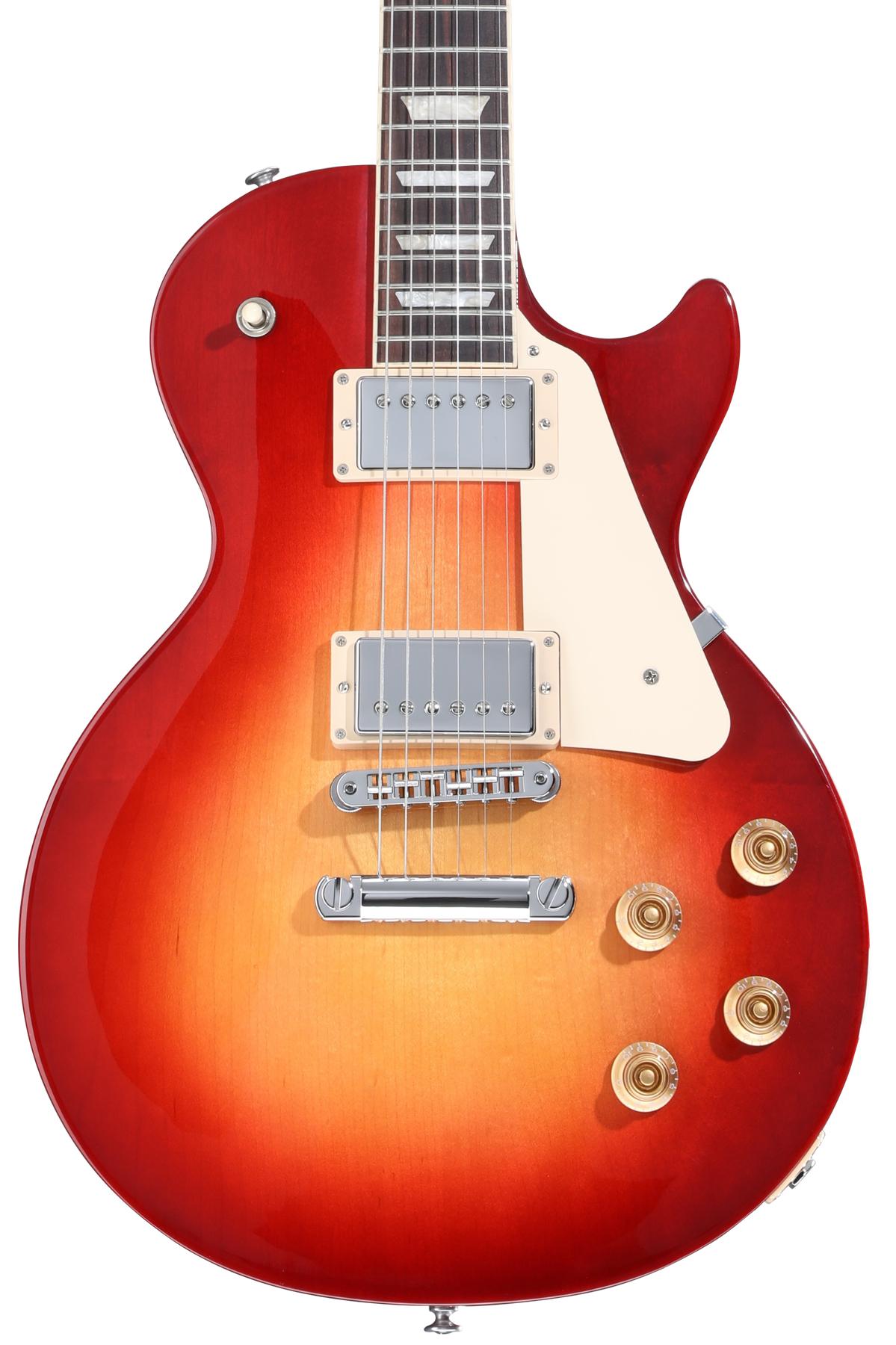




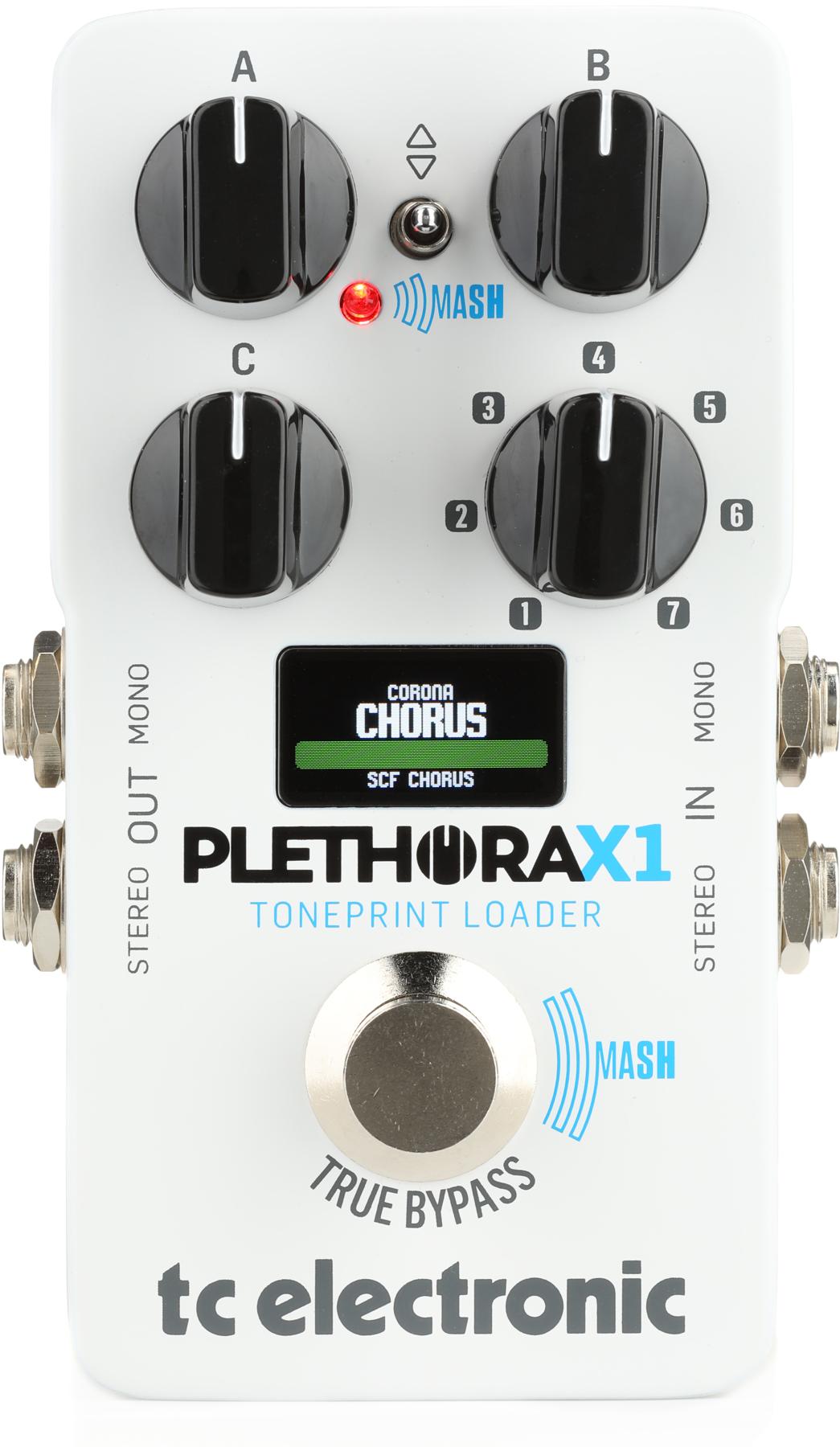









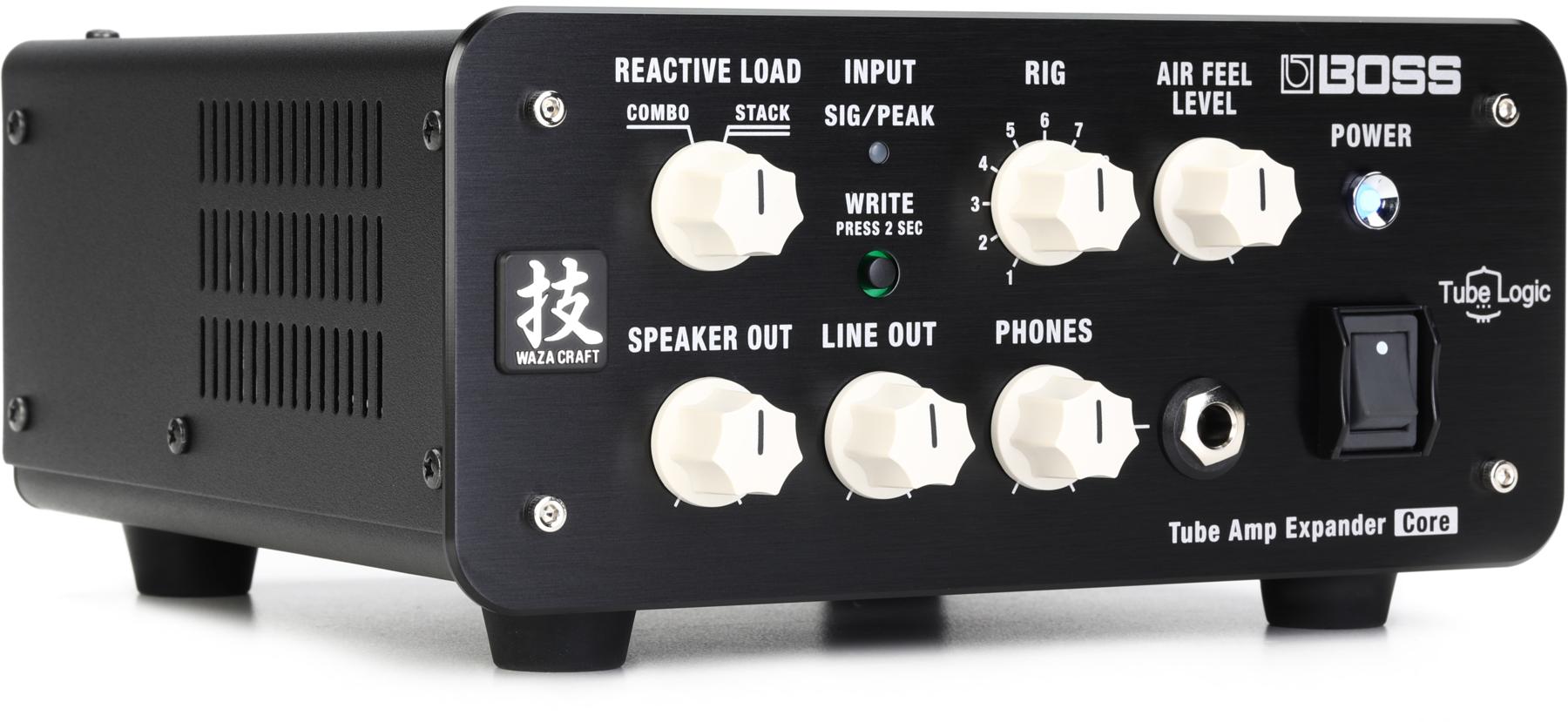



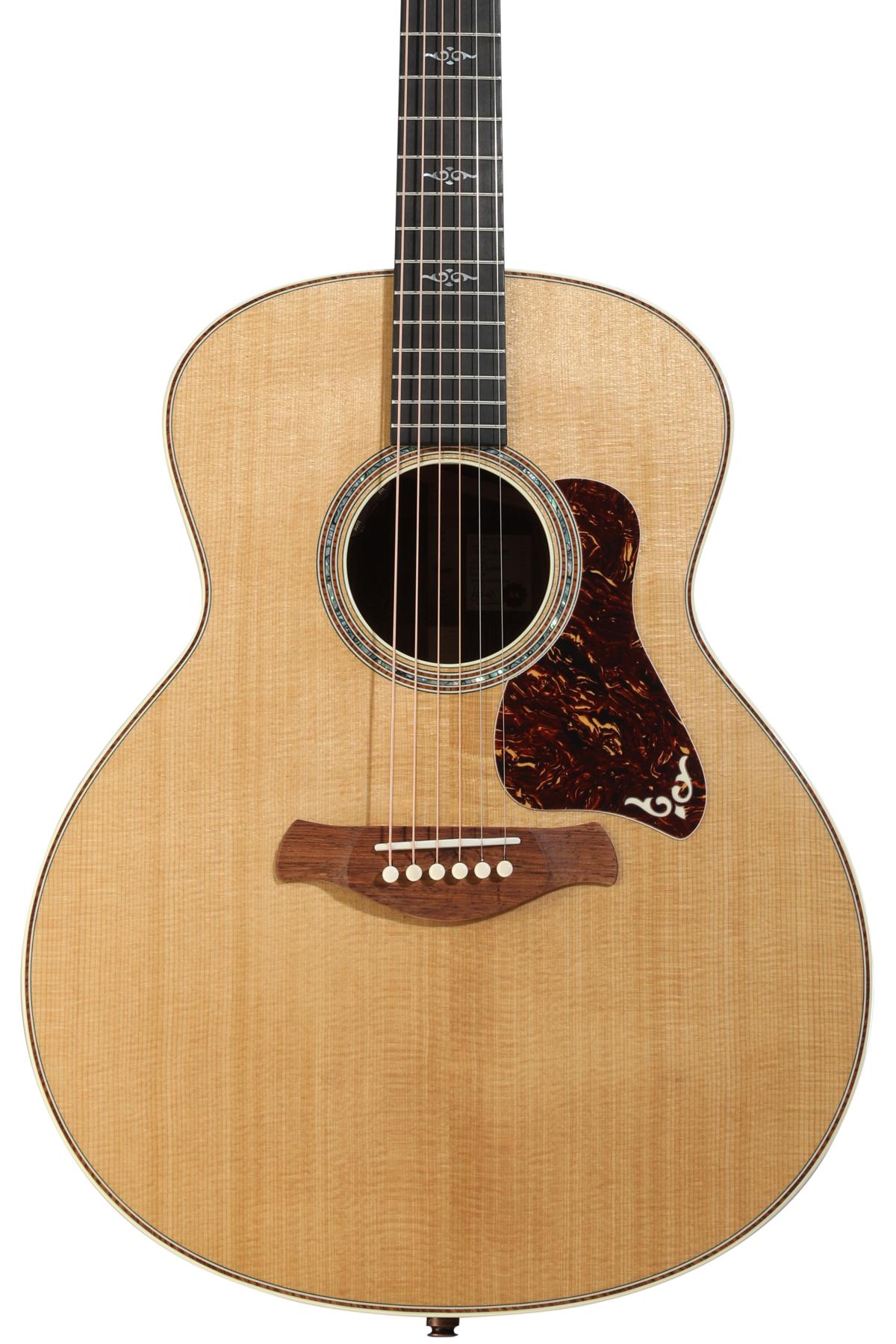

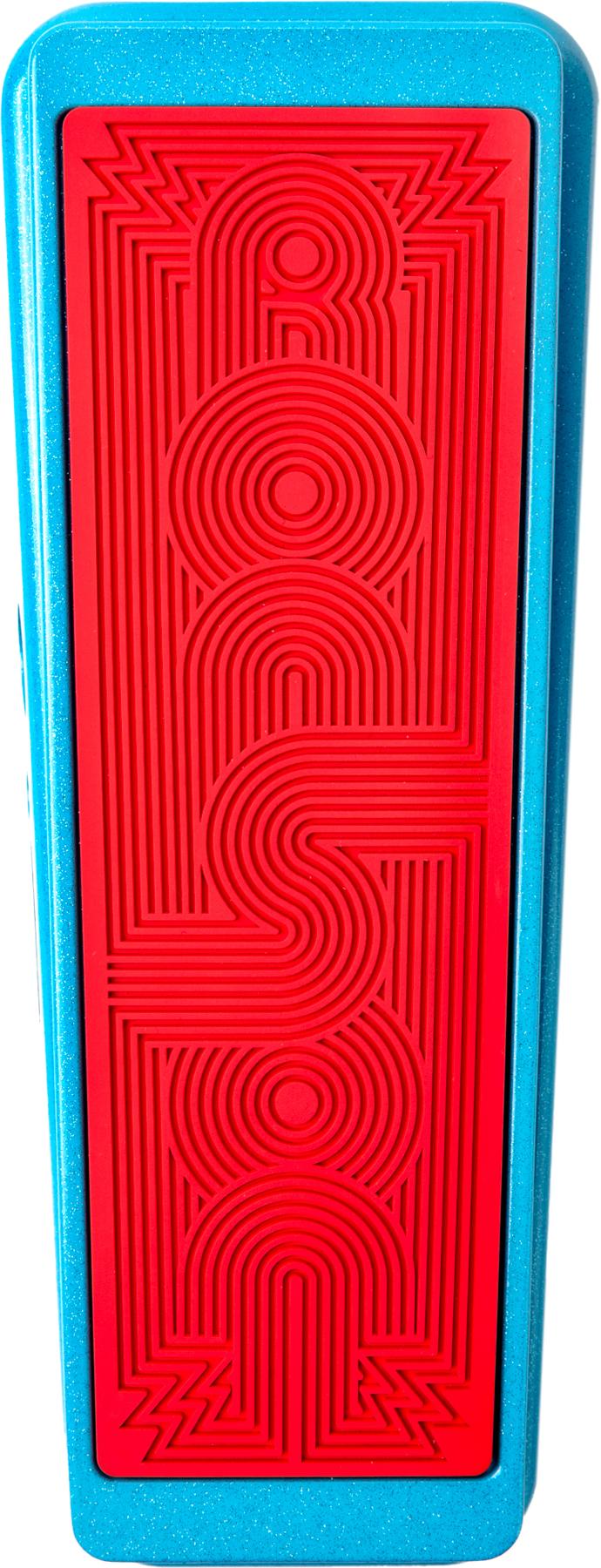

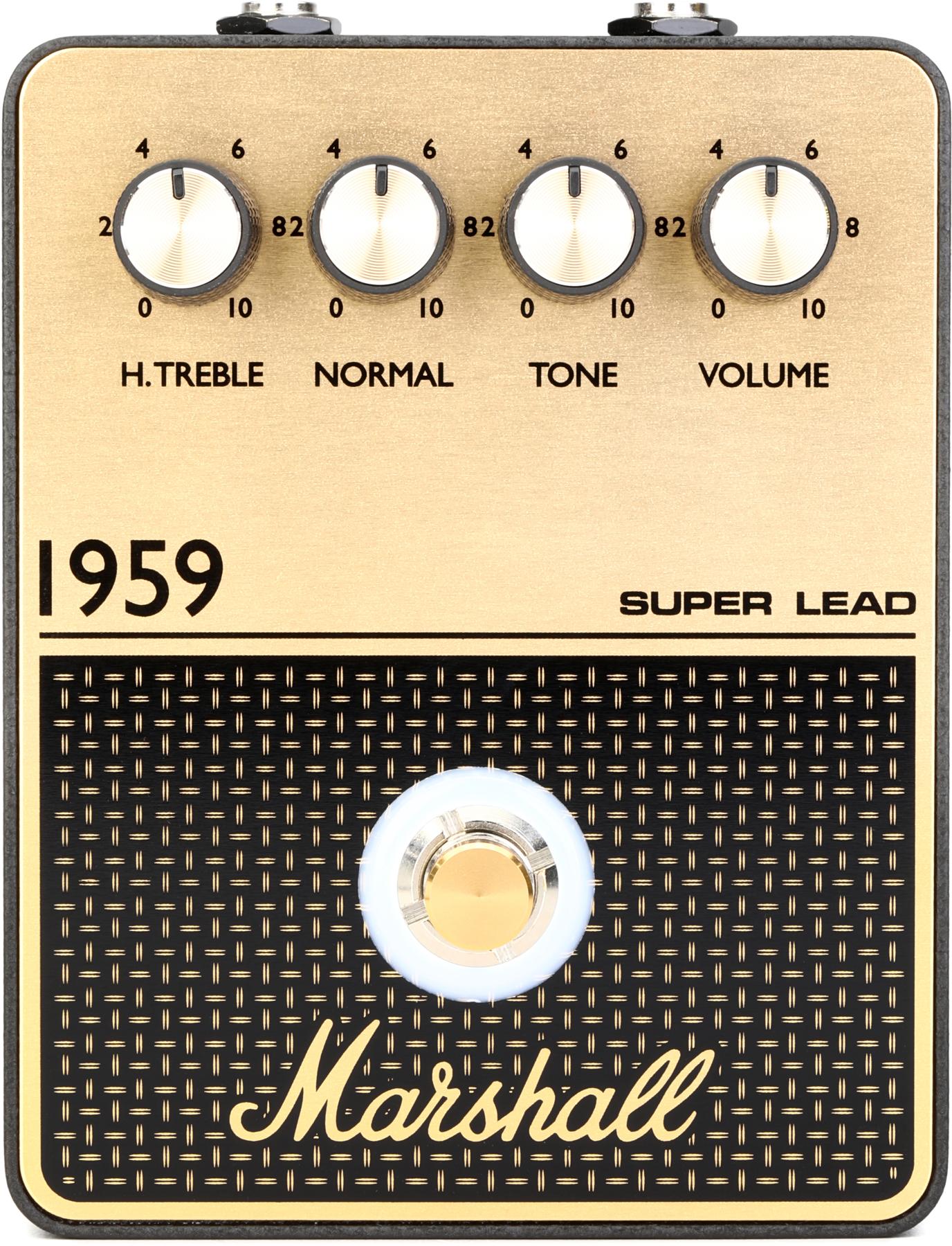


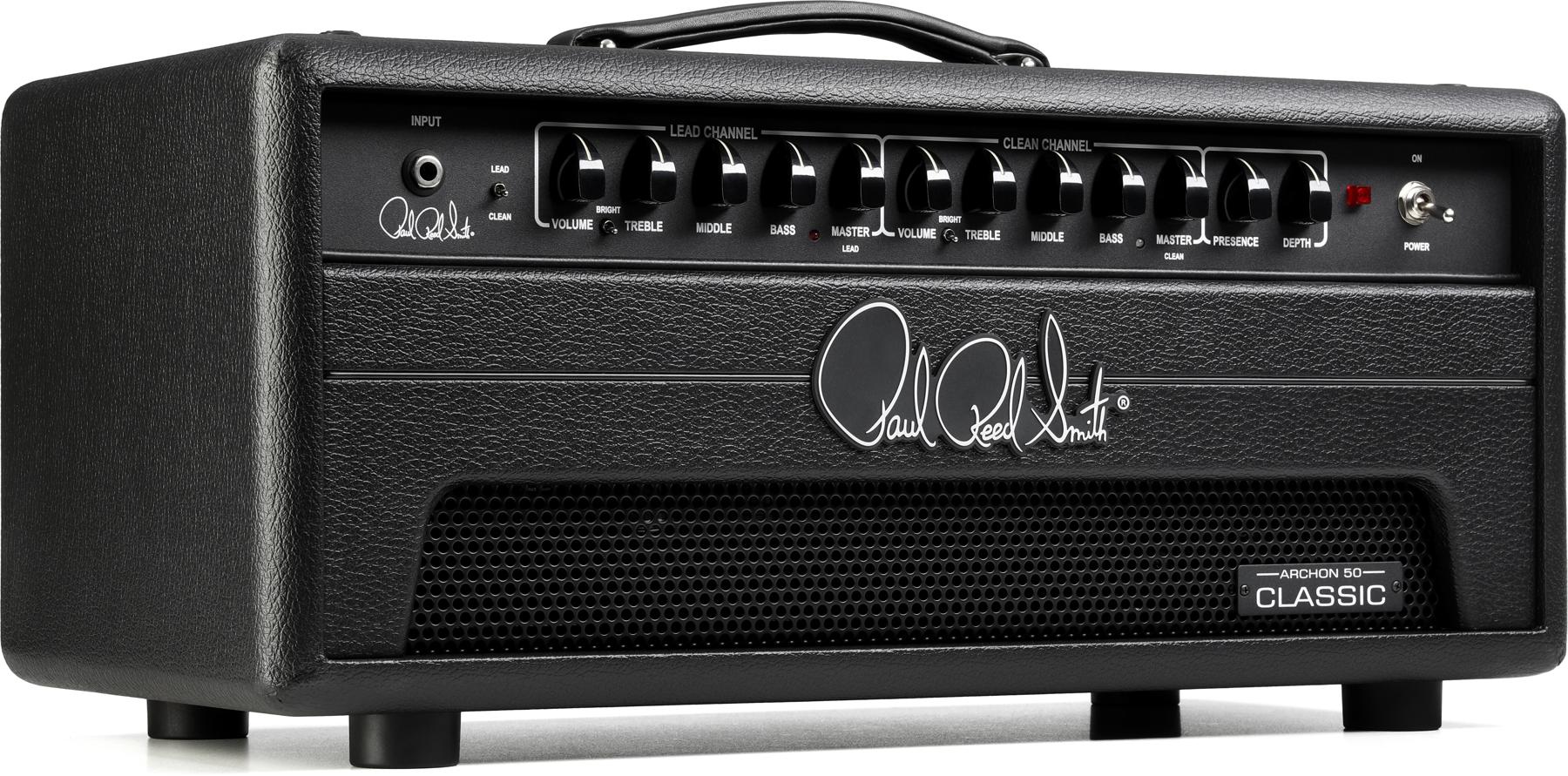



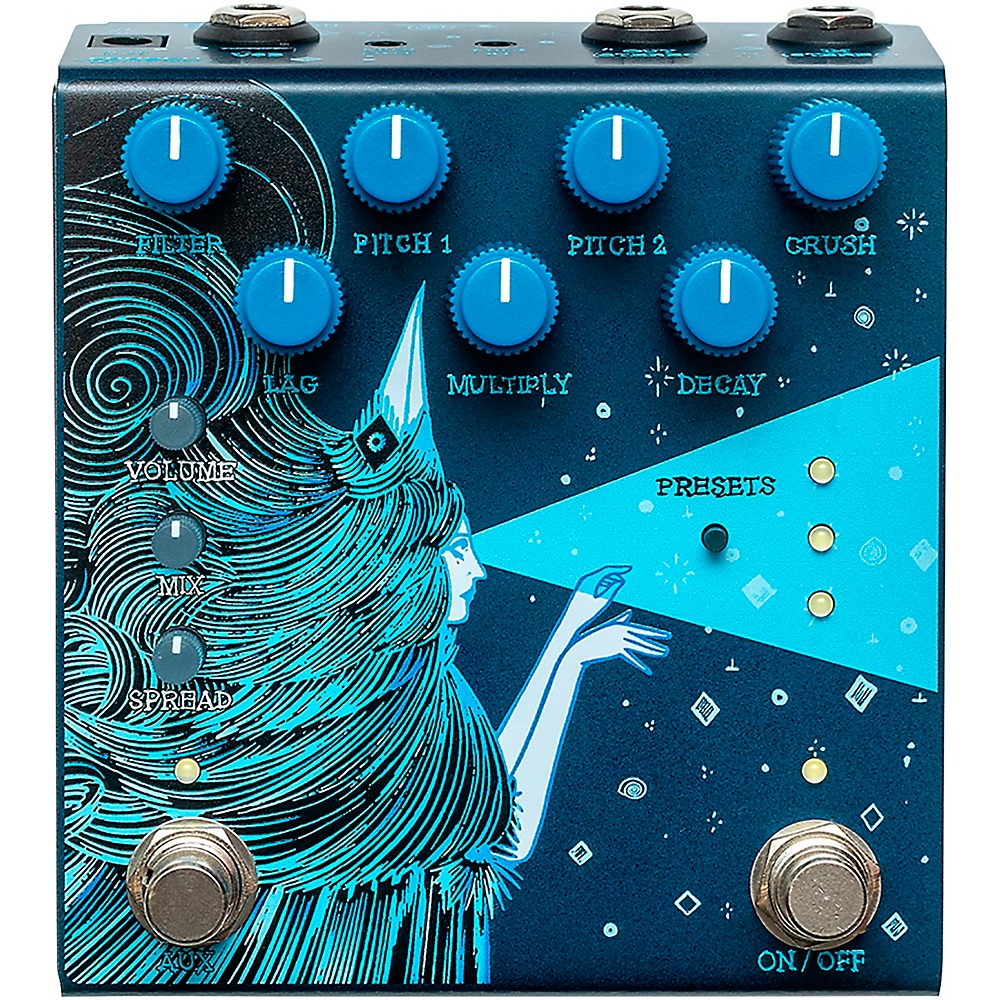

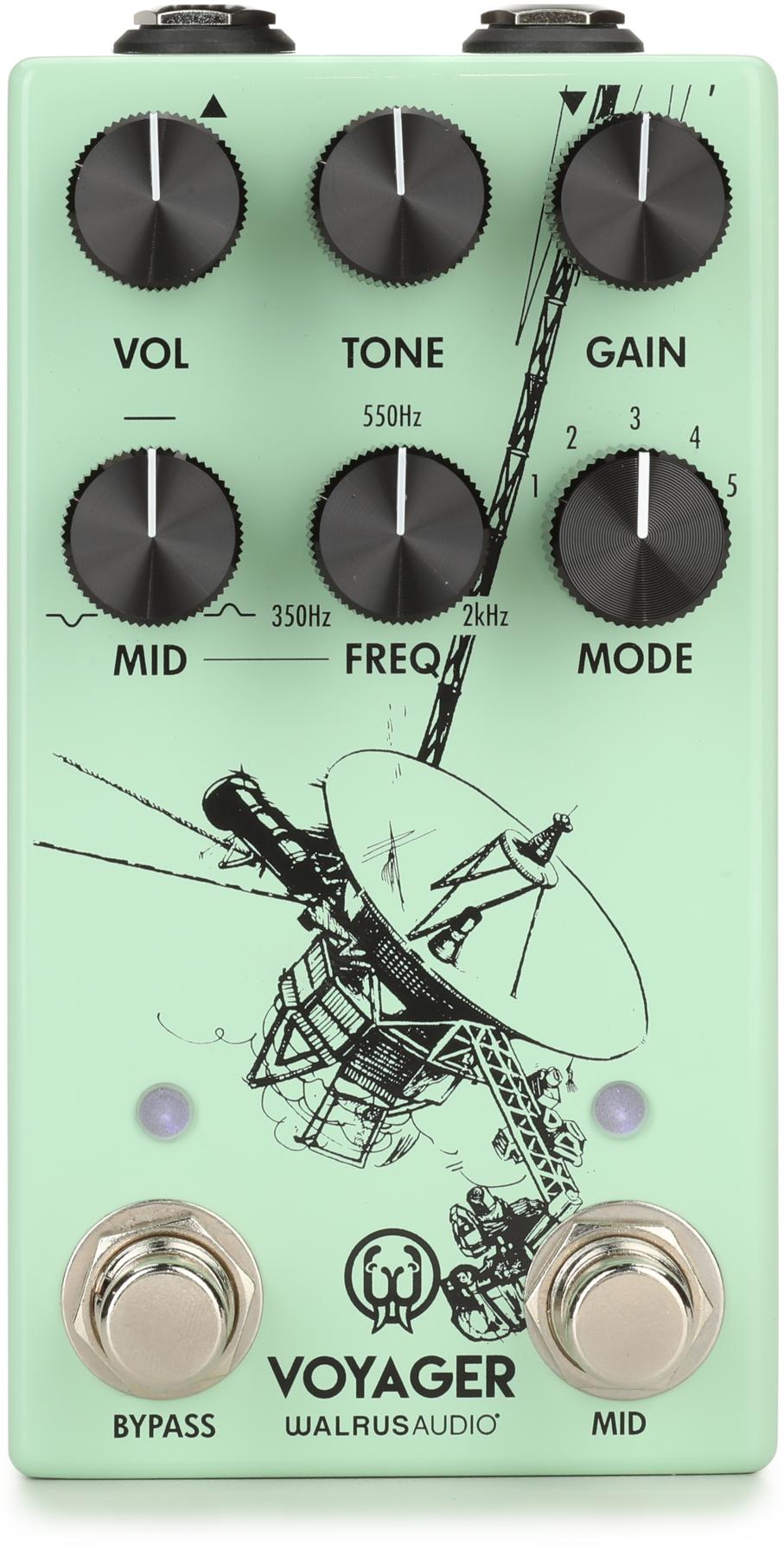







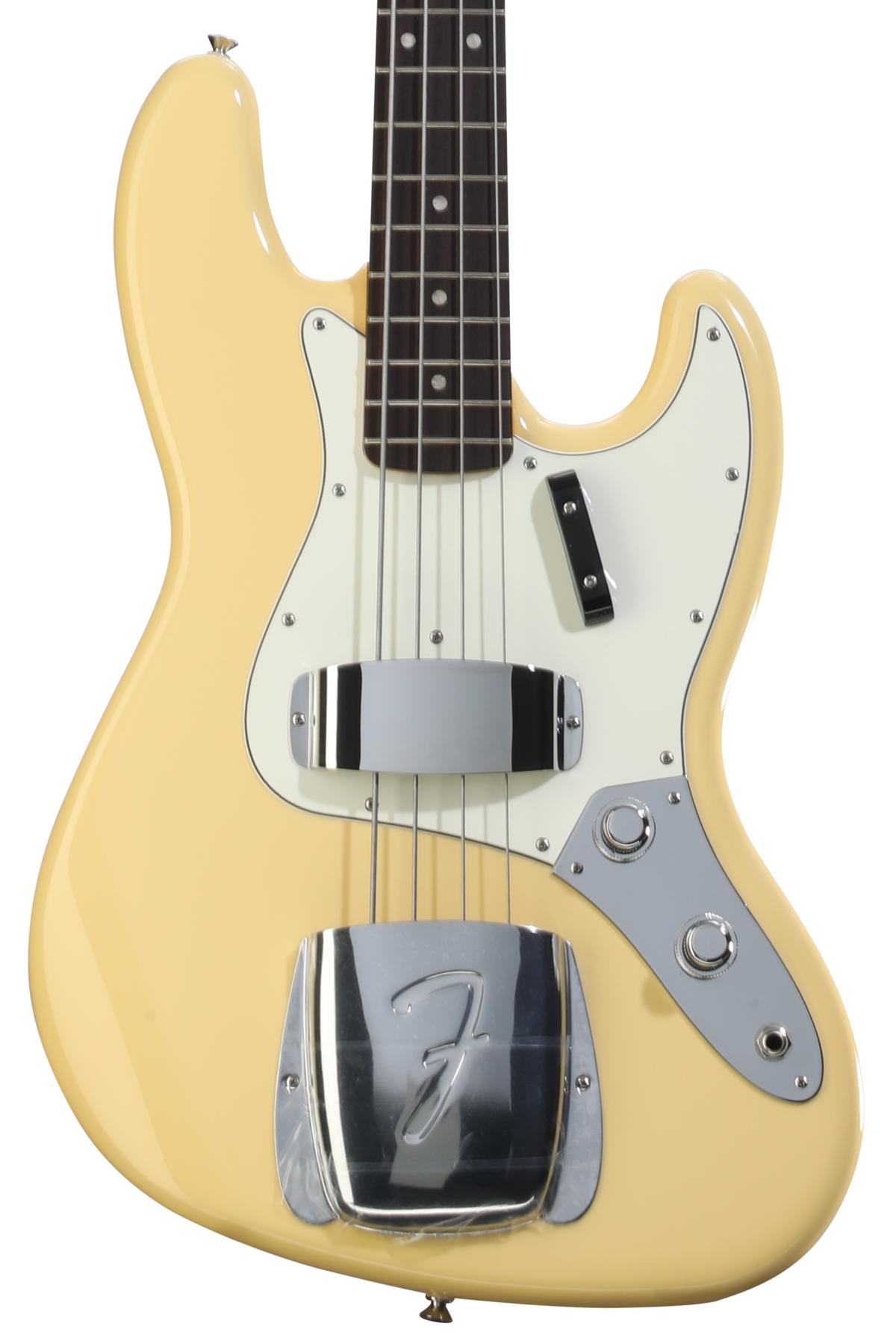

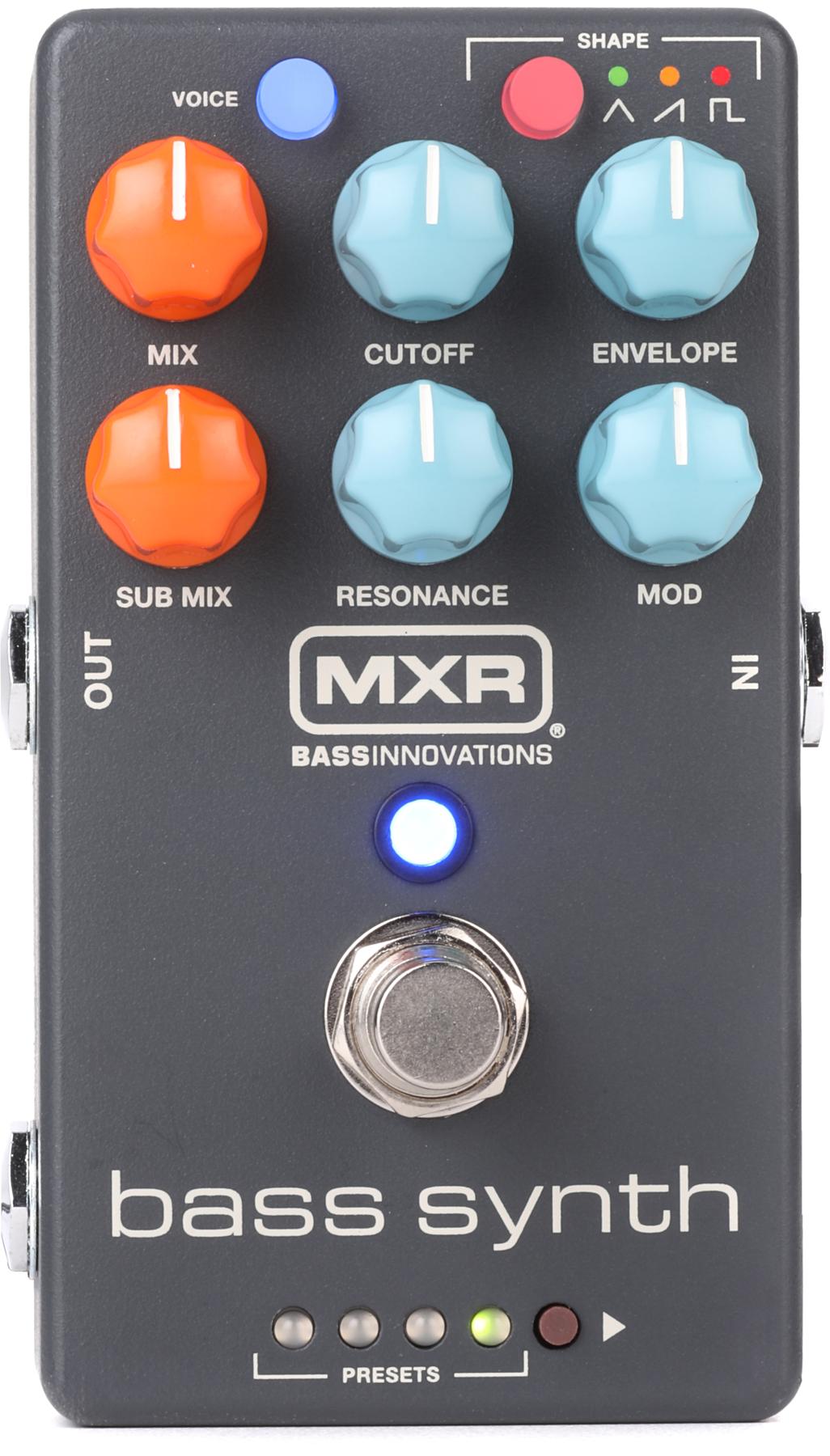

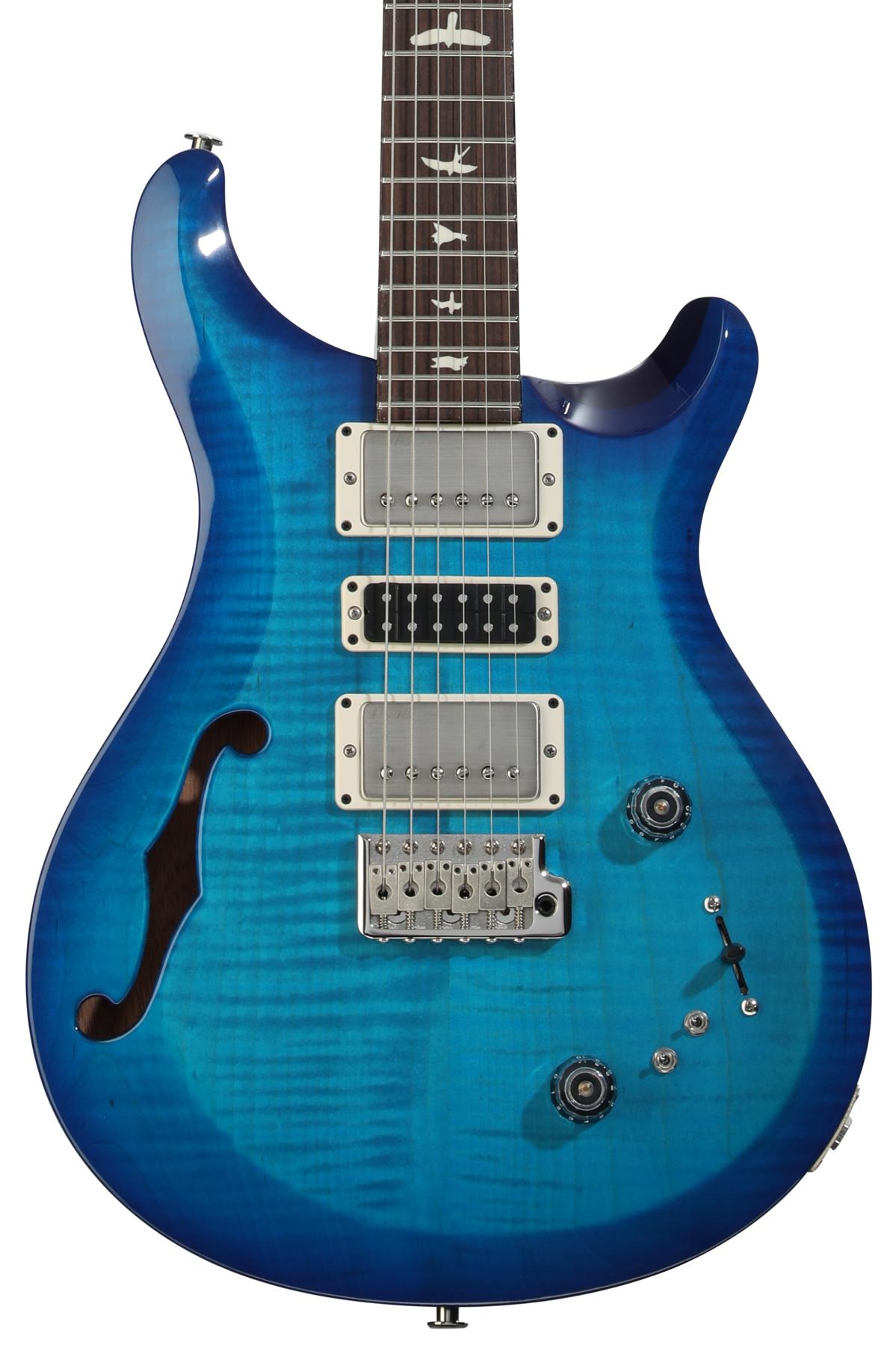


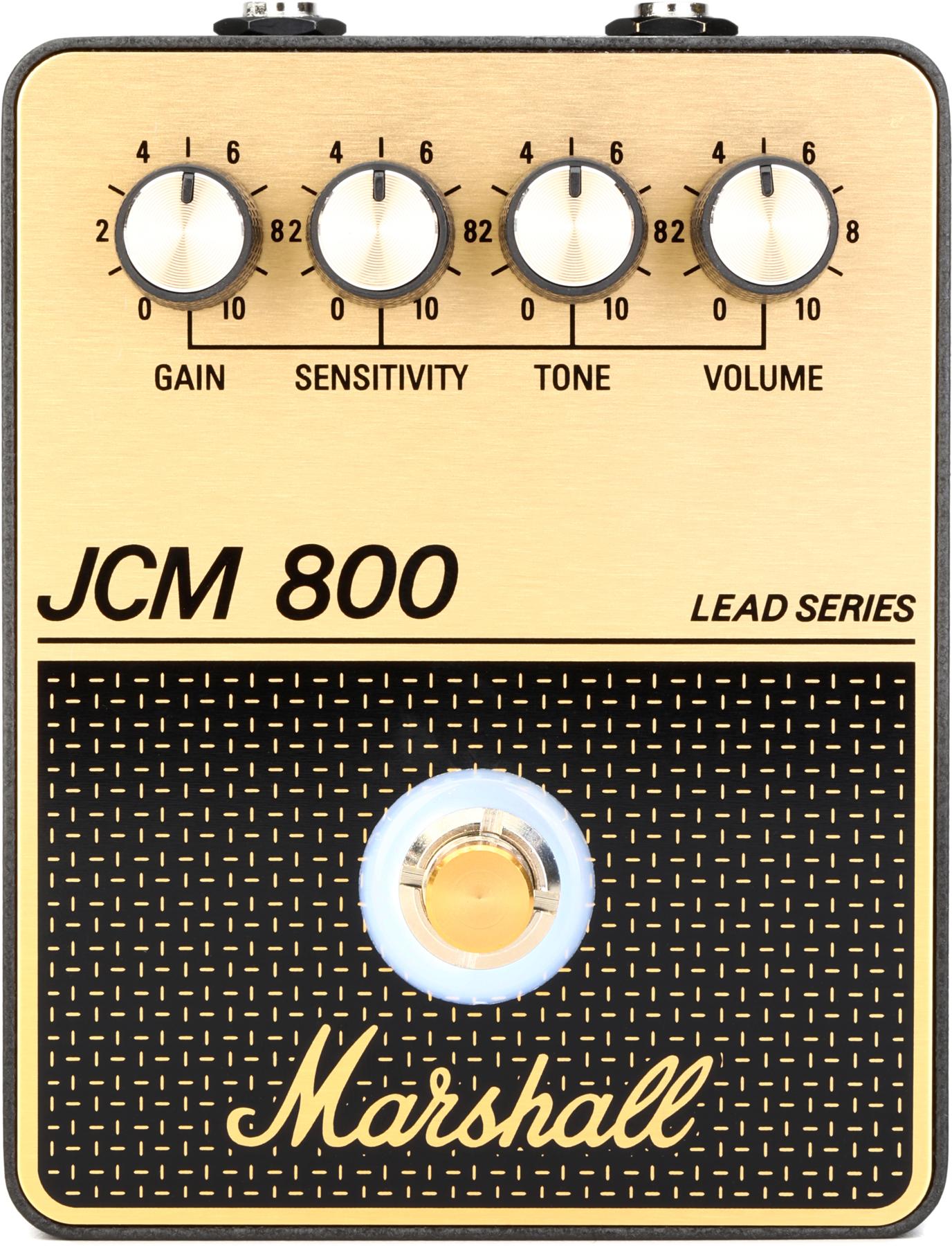

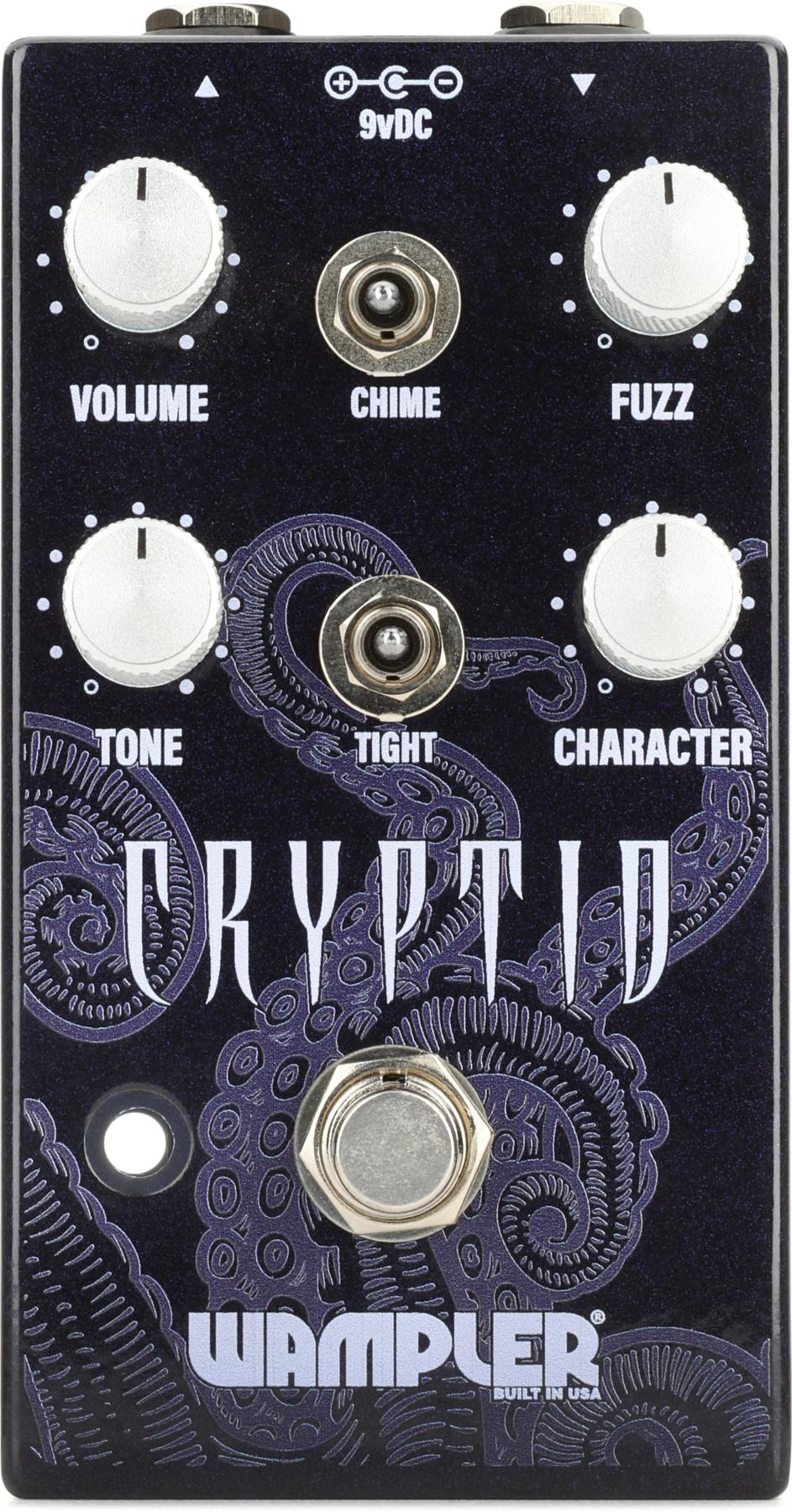

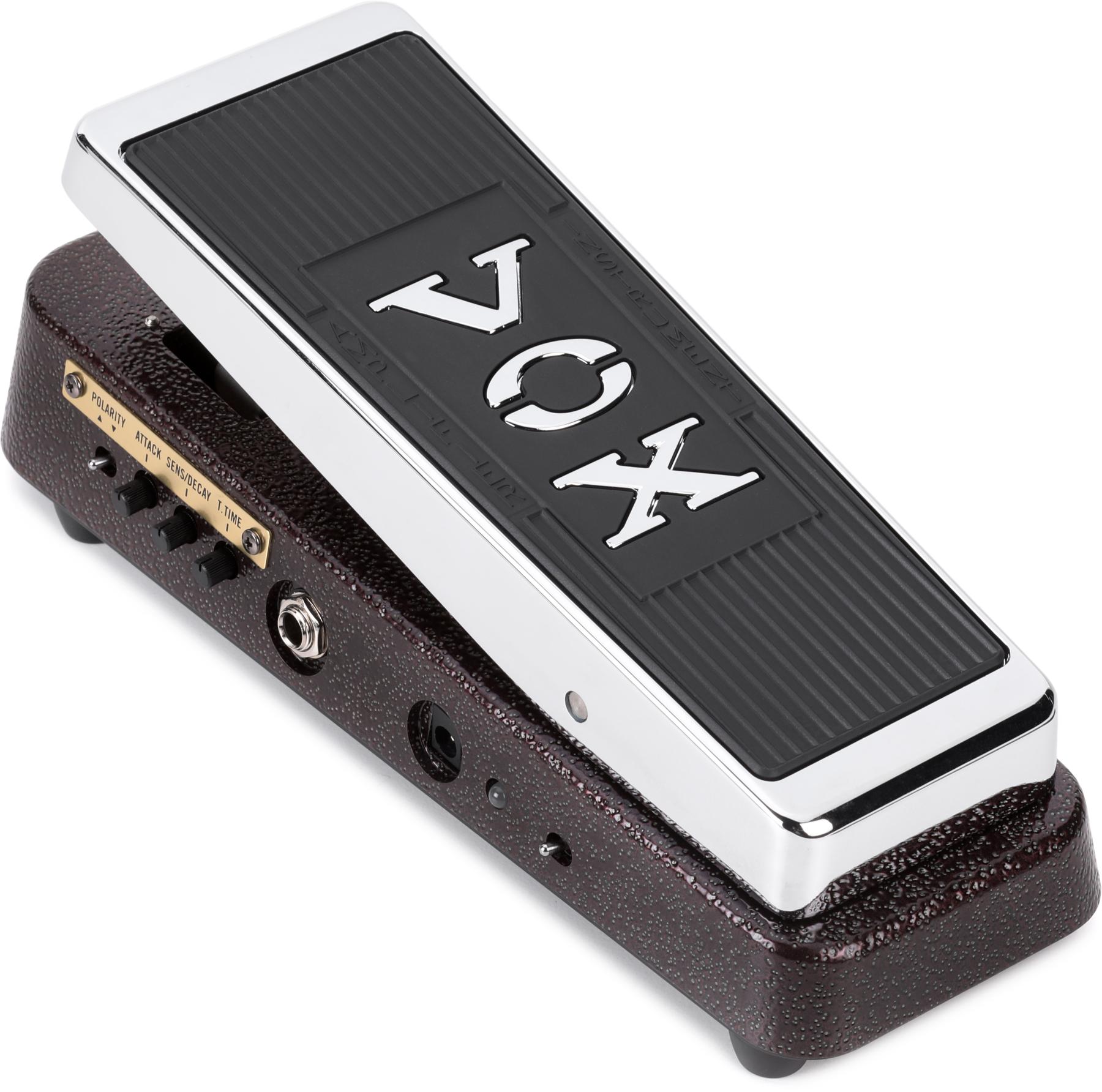

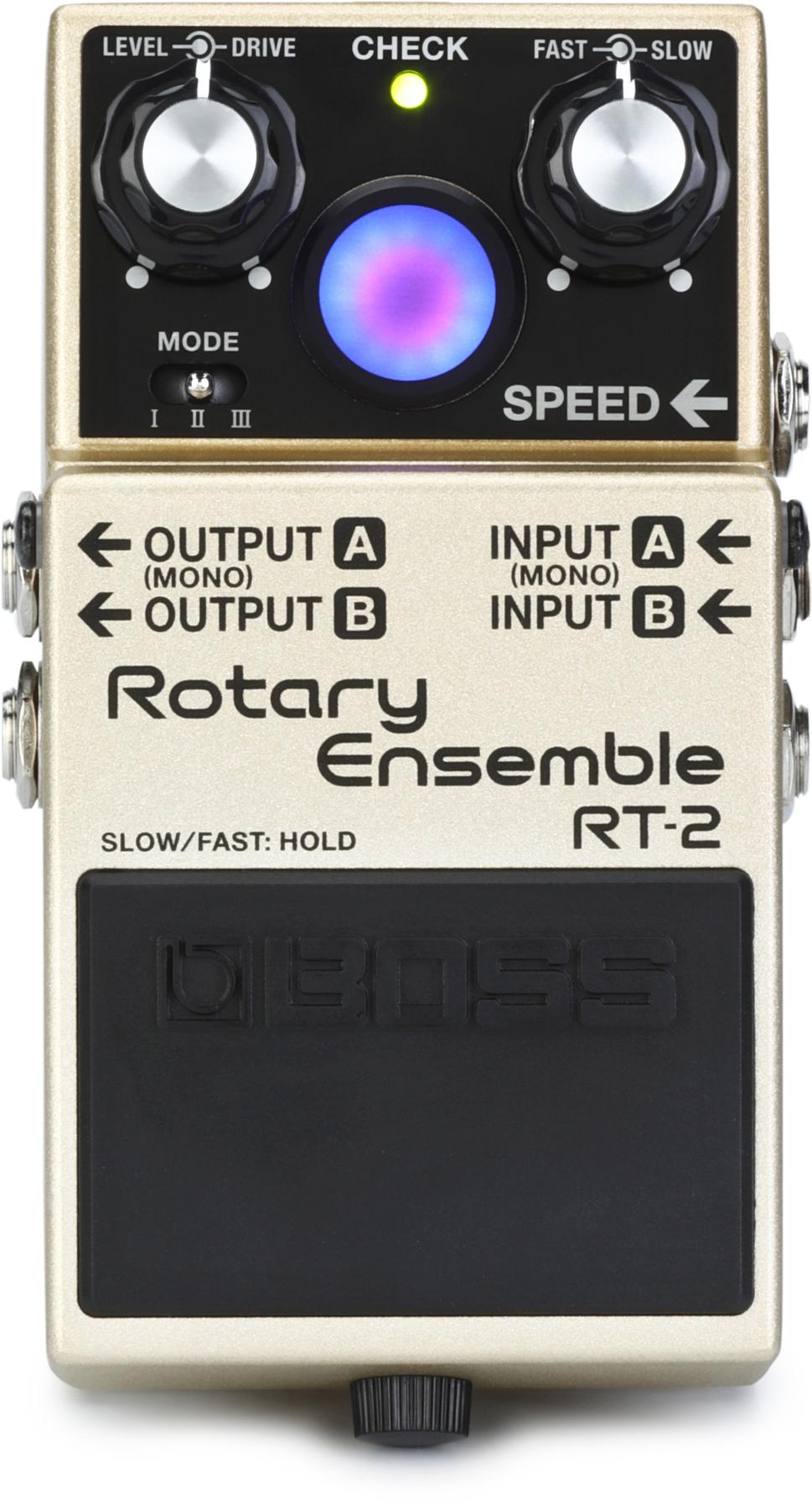

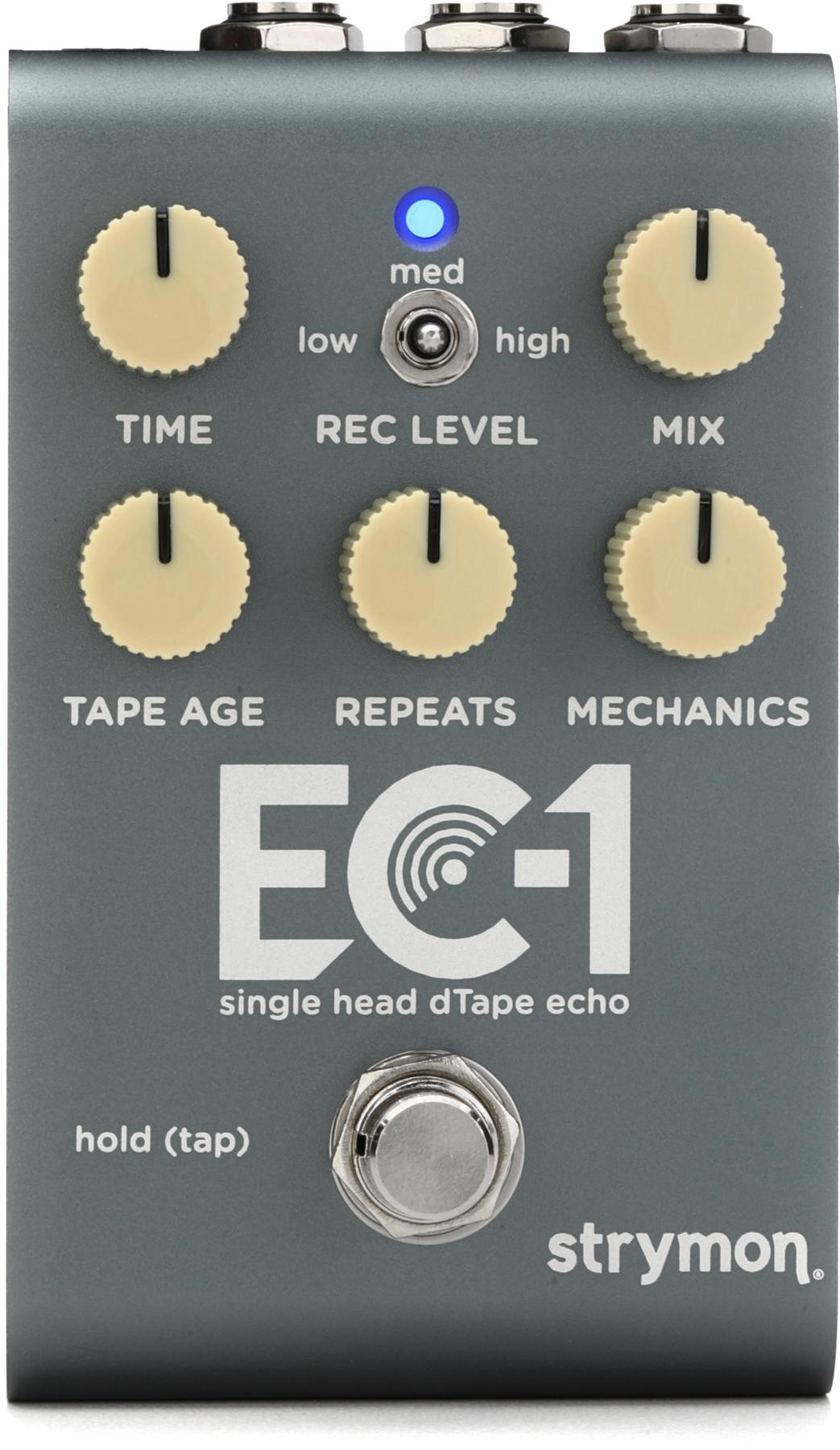

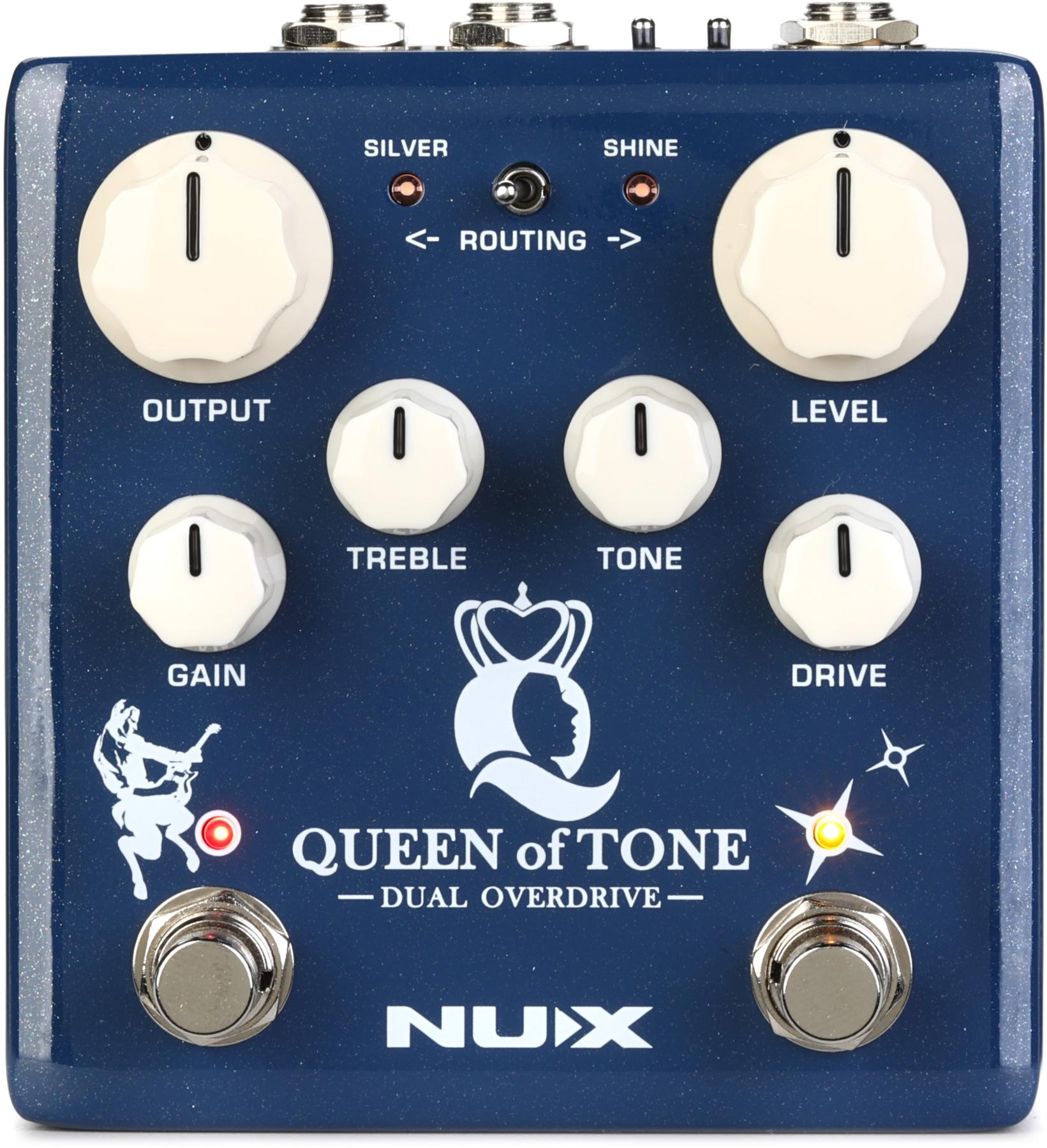


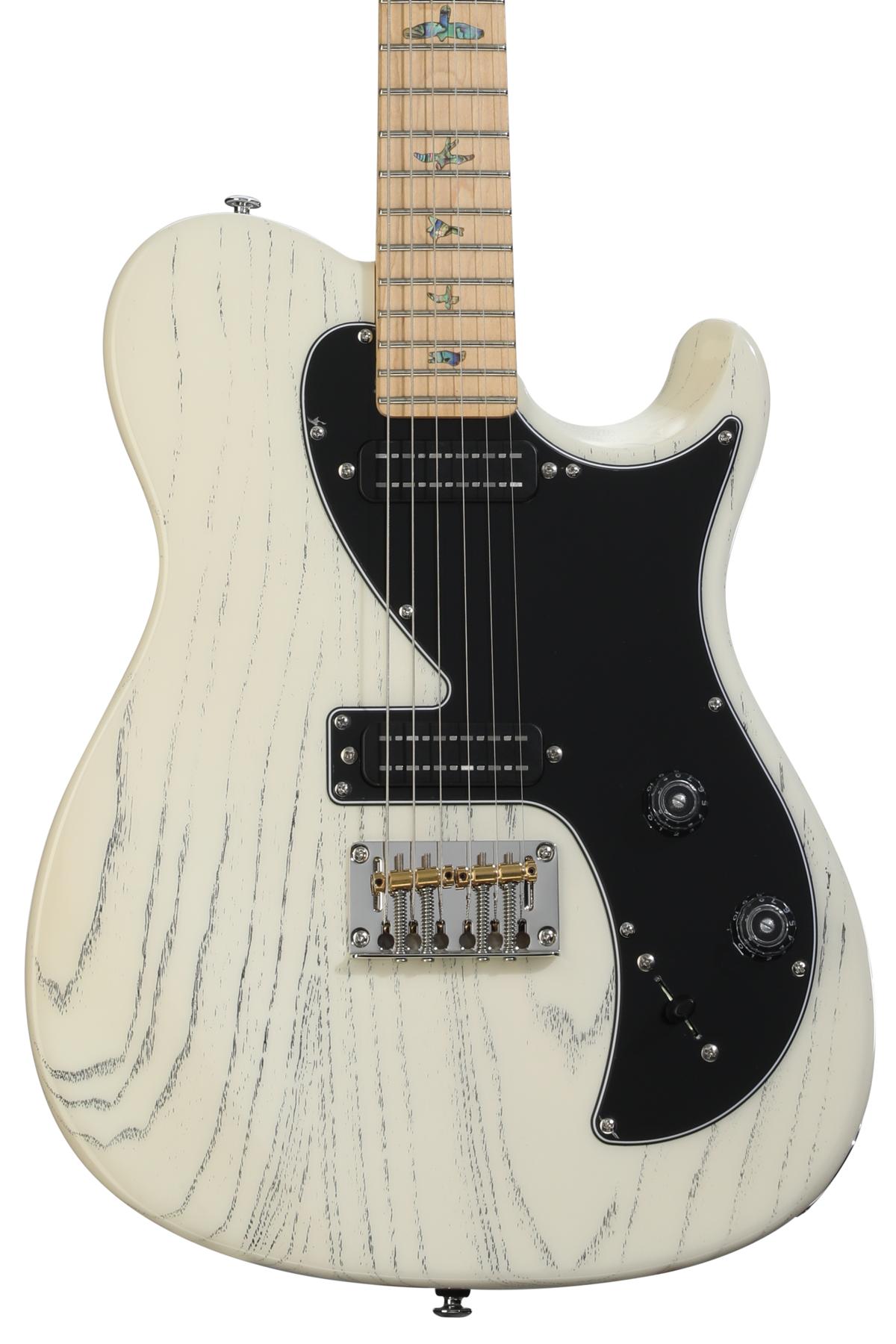

![Rig Rundown: Russian Circles’ Mike Sullivan [2025]](https://www.premierguitar.com/media-library/youtube.jpg?id=62303631&width=1245&height=700&quality=70&coordinates=0%2C0%2C0%2C0)








